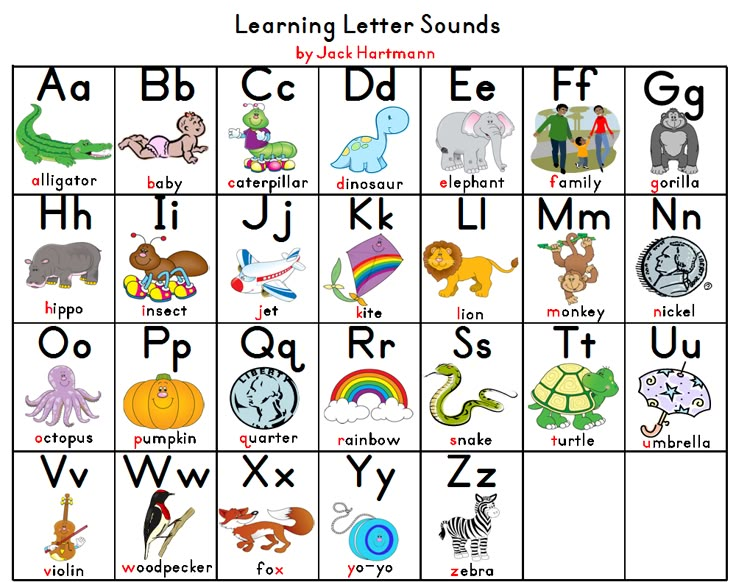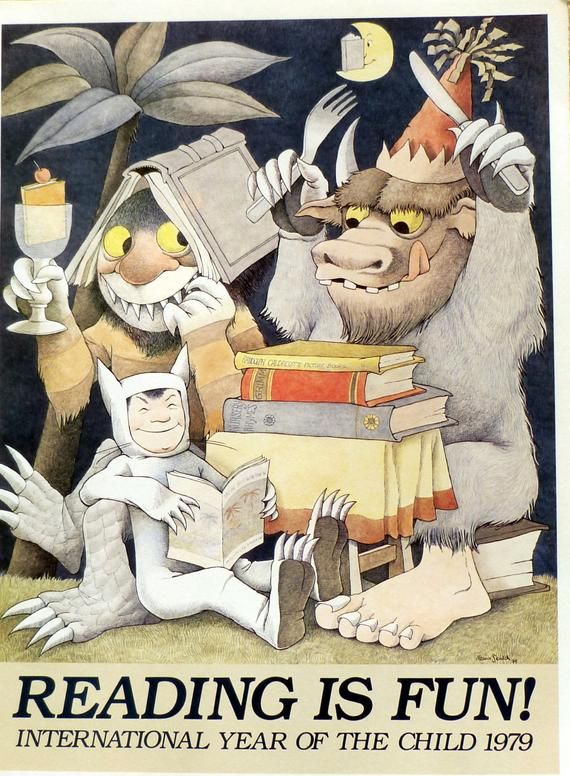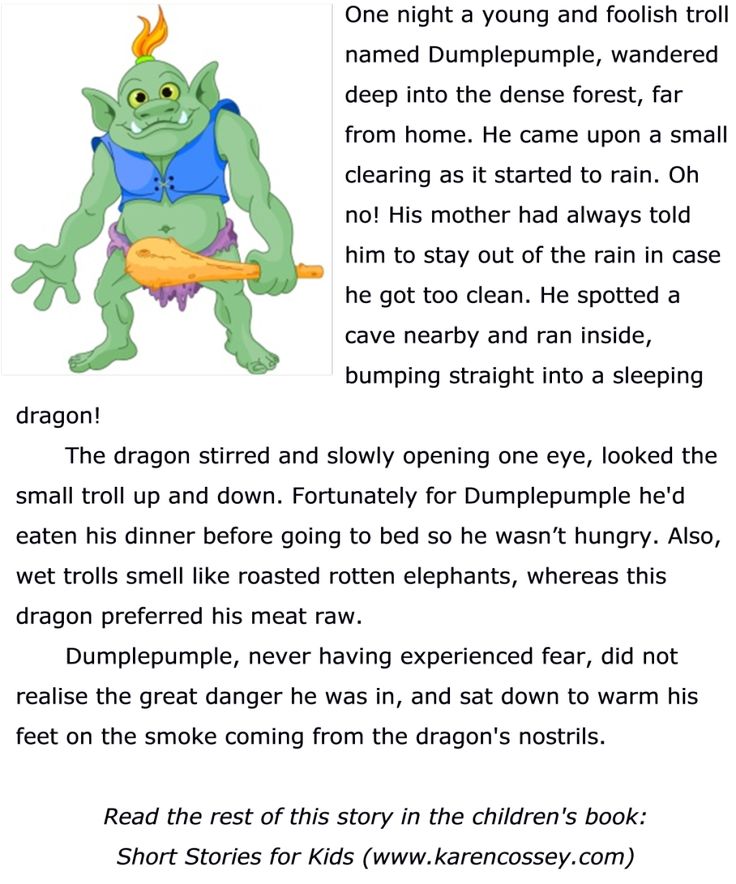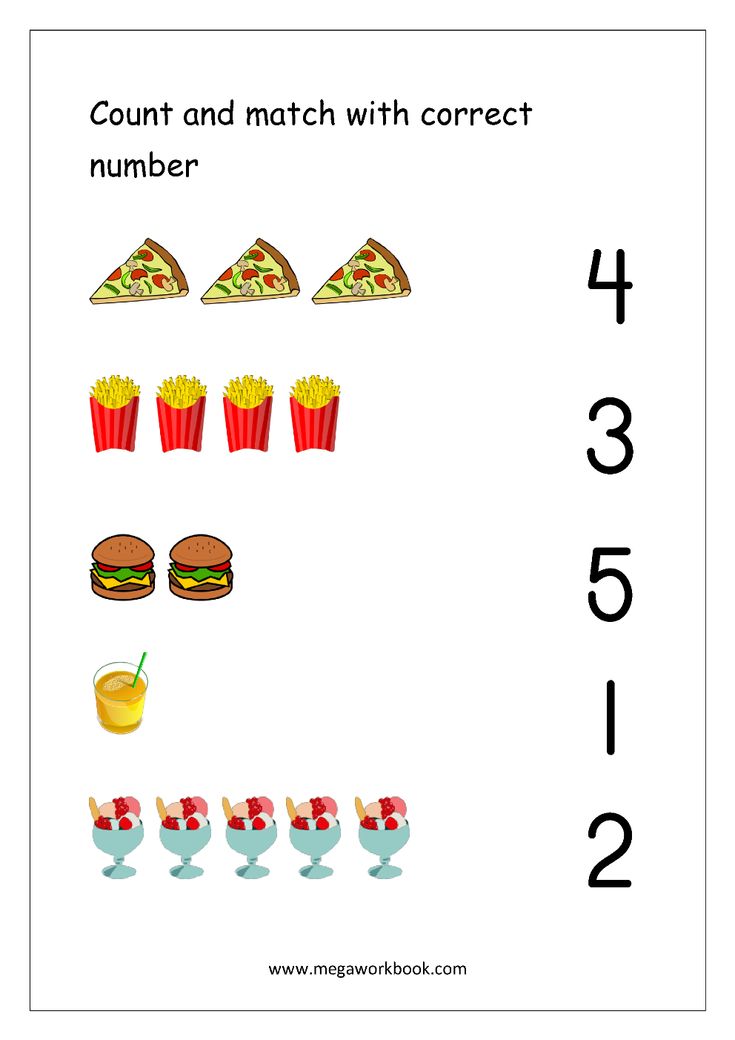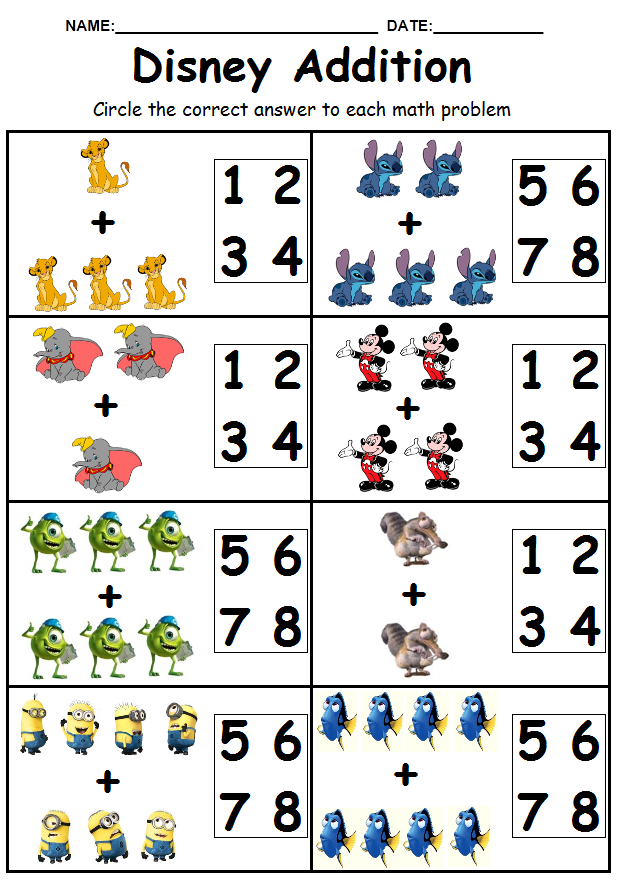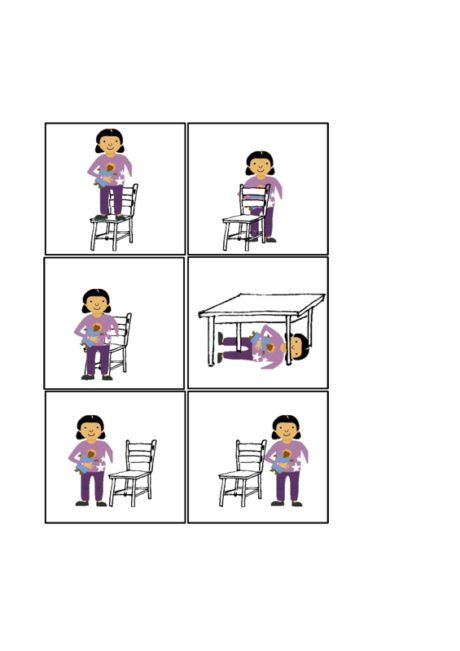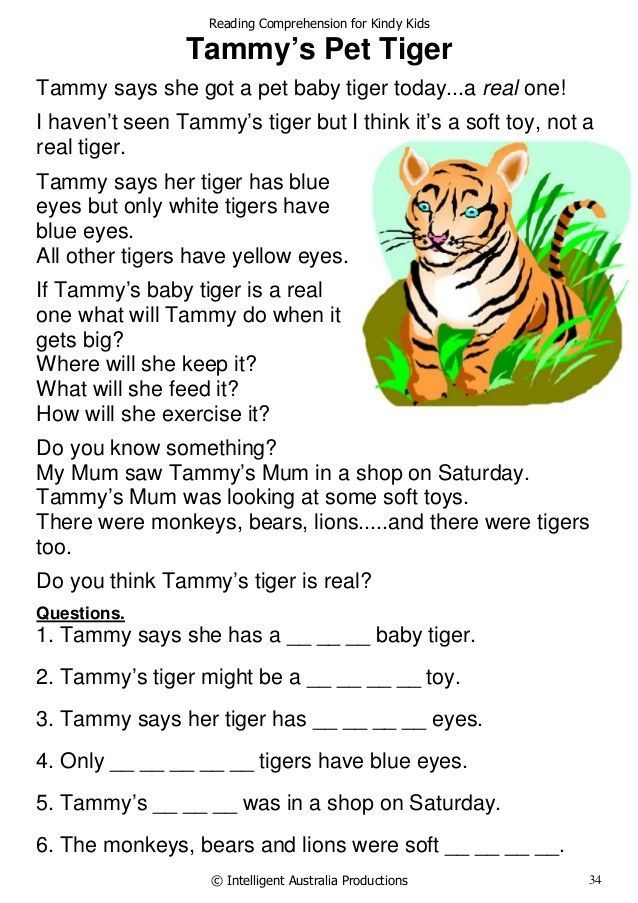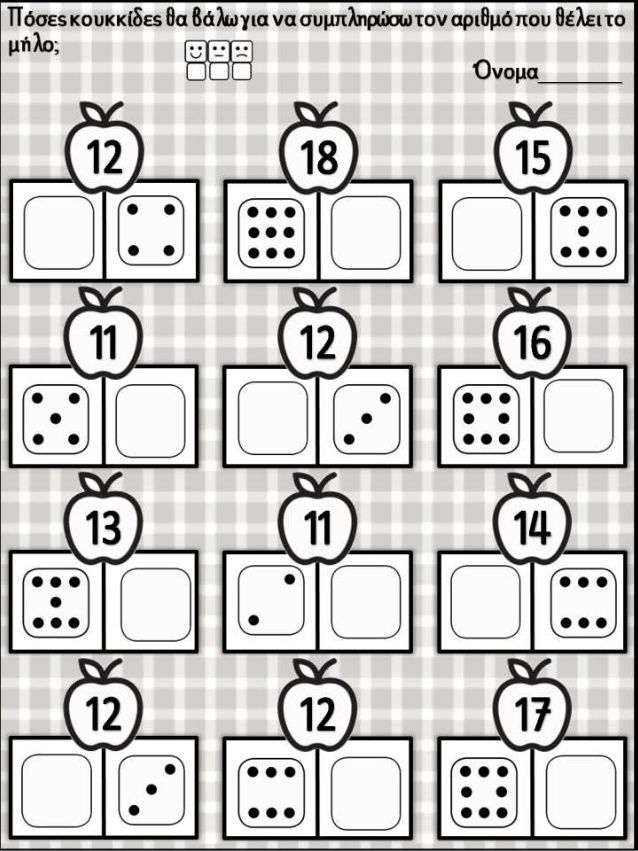Abc letters sounds
Phonics Songs that Teach the Alphabet and Individual Letter Sounds
These Phonics lyrics are available from a variety of albums:
Learning the ABCs & Letter Sounds
A-B-C – Patty's Primary Songs
ABCzzz (featuring Saul Paul) – Nanny Nikki
The ABC Rap – The Gum Rappers
ABC Song – Kiboomu Music
The ABC Songs – Susan Salidor
Act Out the Alphabet – Jack Hartmann
The Alphabet Chant – Super Simple Songs
The Alphabet's in My Mouth – Dr. Jean
A is for Ant – Timmmy Abell
Alphabet Song – Marla Lewis
Alphabet Limbo – Stephen Fite
The Alphabet Song – Super Simple Songs
The Alphabet Song (ABC) -- Slow Version – Margie La Bella
Alphardy – Dr. Jean
Dog Alphabet Song – Grin Brigade
Frontwards, Backwards ABCs – Stephanie Burton
Forwards Backwards ABCs – Stephen Fite
Hands Up for Letter Sounds – Jack Hartmann
I Know My Alphabets – Ahjay Stelino
I Like Letters – Music, Movement & Magination
Is This a Number or a Letter? – Jack Hartmann
I've Been Working On My Letters – Cherry Carl
Let's Alphabecise – Stephen Fite
Lettercise – Dr. Jean
The Letter Dance – Dr. Jean
Letter Line Up – Jack Hartmann
Letter Pops – Dr. Jean
Letter Sounds – Stephen Fite
Letter Tales – Dr. Jean
Magic Letters – Debbie Paulsen
Meet the Letters of the Alphabet – Jack Hartmann
Marching Around the Alphabet – Hap Palmer
Phon-ercise – Dr. Jean
Rappin' the ABC's – Music, Movement & Magination
S-Superhero – Margot Bevington
The Sounds of Our Letters – Music with Mar.
Supersonic Letter Sounds – Stephen Fite
Twinkle ABCs – Kathleen Rushing
Yahoo! We're Learning the Alphabet – Music, Movement & Magination
Who Knows the Alphabet Sounds – Music, Movement & Magination
Who Let the Letters Out – Dr. Jean
Alliteration Lyrics for a Variety of Alphabet Letter Sounds
Alliteration – Danny Weinkauf
Amen and Achoo – Kelly Good
Bitty Bi Bo Bu – Dr. Jean
Dinosaurs to Dinner – Fran Avni
Chimmy Cha-Cha – Liz Buchanan
Echo the Letter Sounds – Jack Hartmann
Favorite Letter – Patty Shukla
Letter Sounds A to Z – Jack Hartmann
Mr. Muphy's Most Amazing Super Savings Store – Vincent Nunes
Muphy's Most Amazing Super Savings Store – Vincent Nunes
Musical Movement Alphabet – Music with Mar.
My Name Starts With a Letter – Nancy Schimmel and Fran Avni
Pineapple – Fran Avni
Sounds of the Alphabet – Marilyn M. Linford
We're Going to the Farm – Music, Movement & Magination
Words! – Ron Brown
Teaching the Shapes and Heights of Letters
Cheering Letters – Dr. Jean
Drawing in the Air – Music with Mar.
I Like Letters – Music, Movement & Magination
Letter Aerobics – Dr. Jean
Move to the Alphabet – Jack Hartmann
Shapes Make Letters (Part 1) – Music with Mar.
Vowels
See our Songs that Teach Long and Short Vowel Sounds
Digraphs, Blends, and Diphthongs
See our Songs that Teach Letter Blends, Digraphs, and Diphthongs
Consonants
B - (Basic Music Beat) – Music with Mar.
Bb – Greg Whitfield
Bananas – Patty Shukla
Big Bagels – Kelly Good
Bite for B – Intelli-Tunes
Bring Back the Bat – Nancy Schimmel and Fran Avni
C - (Celtic) – Music with Mar.
Cc – Greg Whitfield
Crawl for C – Intelli-Tunes
D - (Disco) – Music with Mar.
Dd – Greg Whitfield
Dance for D – Intelli-Tunes
F - (Folk) – Music with Mar.
Ff – Greg Whitfield
Flip for F – Intelli-Tunes
The Frosty Fable (the f sound) – Dan Crow
G - (Gospel) – Music with Mar.
Gg – Greg Whitfield
Gentle Giraffe – Marla Lewis
Get Your Own Goat – Fran Avni
Grin for G – Intelli-Tunes
H - (Hawaiian) – Music with Mar.
Hh – Greg Whitfield
Hop for H – Intelli-Tunes
J - (Jazz) – Music with Mar.
Jack the Giant (soft G and J sound) – Dan Crow
Jj – Greg Whitfield
Jump for J – Intelli-Tunes
Jump for Jesus – Kelly Good
K - (Klezmer) – Music with Mar.
The "K" Club – Greg Whitfield
Kid in Kalamazoo – Kelly Good
Kiss for K – Intelli-Tunes
Kiss the Cow (hard C and K sound) – Dan Crow
I Love My Pillow (the l sound) – Dan Crow
L - (Lullaby) – Music with Mar.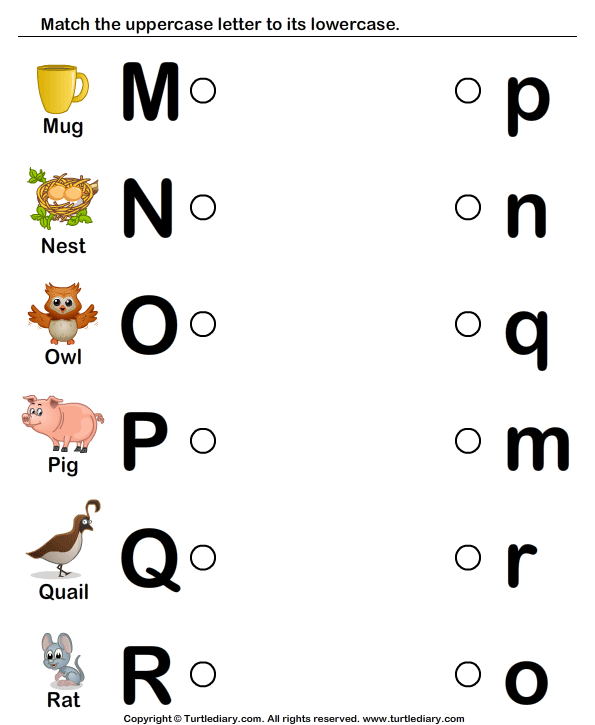
Ll – Greg Whitfield
Lick for L – Intelli-Tunes
Licking Lollipops – Songs for Speech and Language Skills
Lola the Lonely Llama – Kelly Good
I Love Foods that Start with "M" – Marla Lewis
M - (Merengue) – Music with Mar.
Mm – Greg Whitfield
March for M – Intelli-Tunes
Monkey Say, Monkey Do – Jack Hartmann
Muffin Mix – Fran Avni
No More Gum (the m sound) – Dan Crow
N - (New Age) – Music with Mar.
Nn – Greg Whitfield
Nine Naughty Newts – Kelly Good
Wiggle Your Nose for N – Intelli-Tunes
OOPS! (the p sound) – Dan Crow
P - (Polka) – Music with Mar.
Pp – Greg Whitfield
Percy the Pirate – Kelly Good
Point for P – Intelli-Tunes
Q - (Quanho) – Music with Mar.
Qq – Greg Whitfield
Quitet Q for Q – Intelli-Tunes
R - (Reggaton) – Music with Mar.
Rain Rain Rain (the r sound) – Dan Crow
Rr – Greg Whitfield
Rock and Roll – Kelly Good
Rock and Roll Star – Fun Phonics Songs
Run for R – Intelli-Tunes
The Ballad of Rueben Rooster (the r sound) – Dan Crow
Vroom Goes the Red Race Car – Patty Shukla
S - (Soul) – Music with Mar.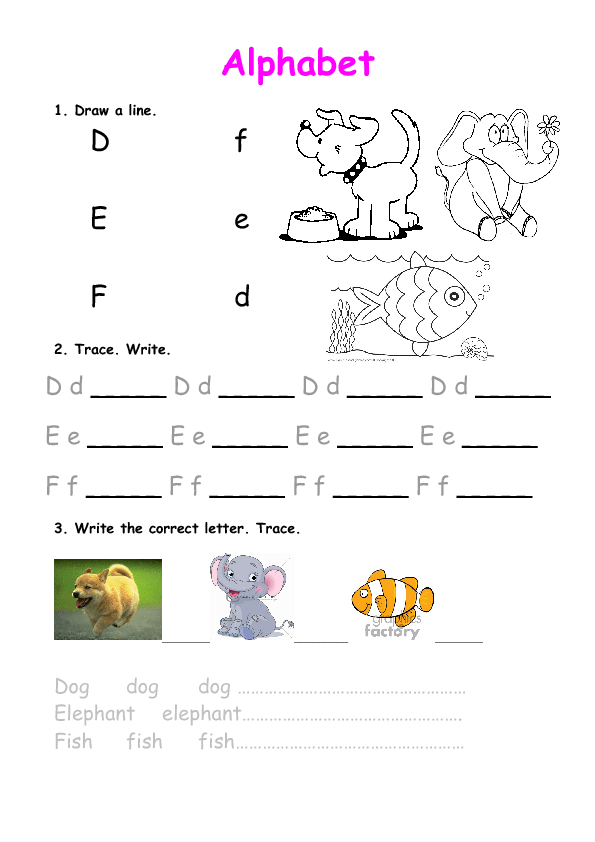
Seven Silly Squirrels – Fran Avni
Ss – Greg Whitfield
Sleep for S – Intelli-Tunes
Soup! Soup! Soup! (the s sound) – Dan Crow
T - (Tango) – Music with Mar.
Time To Take Time (the t sound) – Dan Crow
Tiptoe for T – Intelli-Tunes
Tt – Greg Whitfield
Timmy – Kelly Good
Make a V for V – Intelli-Tunes
V - (Vaudville) – Music with Mar.
Vv – Greg Whitfield
One Wet Windy Wednesday – Fran Avni
W - (Western Swing) – Music with Mar.
Walk for W – Intelli-Tunes
Ww – Greg Whitfield
Make the Sound for X – Intelli-Tunes
X - (Xhosa) – Music with Mar.
Xx – Greg Whitfield
eXiting – Kelly Good
Y - (Yass) – Music with Mar.
Yay for Y – Intelli-Tunes
Yy – Greg Whitfield
Yoshi the Yellow Yak – Kelly Good
Z - (Zydeco) – Music with Mar.
Zz – Greg Whitfield
Zip Your Lip for Z – Intelli-Tunes
See also:
Using Alliterative Songs to Teach Letter Sounds -- Nancy Schimmel and Fran Avni
See more of our Language Arts & Reading Skills Song Lyrics
Learn Pronunciation with Speak Method
The Sounds of the Alphabet: Learn Pronunciation with Speak Method| English Online with Speak Method |
|
| Online Classes | Pronunciation Facts | R, Th, T and other sounds | 500 Words Practice |
| Local Classes | Business Communication | TOEFL Prep | ESL Stories |
| Contact us | Vowel
Sounds |
Grammar and Idioms | For Young People |
With
this alphabet chart, understand how to say
the names of the letters and read about all the sounds of each letter
from the alphabet.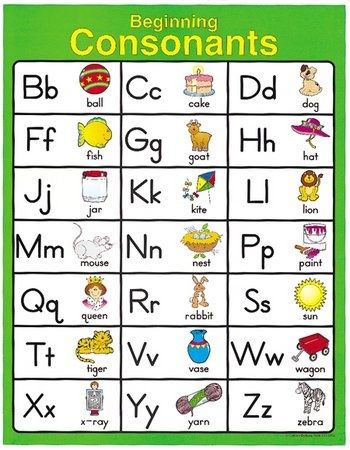 These are the basic phonetic sounds for American English. To learn important sounds using free videos
online, go to Pronunciation in
English: 500 Words.
These are the basic phonetic sounds for American English. To learn important sounds using free videos
online, go to Pronunciation in
English: 500 Words.
|
Letter |
Sound of Letter Name |
All sounds of letter |
Examples |
|
A, a |
ā-ee (long a to long e, also spell "ay") |
, ā, ah, ā-uh, uh |
cat, late, all, and, around |
|
B, b |
Bee |
buh |
bike |
|
C, c |
See |
kuh, suh |
cake, city |
|
D, d |
Dee |
duh |
did |
|
E, e |
Ee |
eh, ee, silent |
bed, free, late |
|
F, f |
Ef |
fuh |
fed |
|
G, g |
Jee |
guh, juh |
glad, large |
|
H, h |
ā-ch |
huh, silent |
hotel, what |
|
I, i |
ah-ee |
ah-ee, ĭ |
light, sit |
|
J, j |
Jay |
juh |
jump |
|
K, k |
Kay |
kuh |
kite |
|
L, l |
El |
luh, ul |
lot, full |
|
M, m |
Em |
muh |
mother |
|
N, n |
En |
nuh |
nest |
|
O, o |
ō (oh) |
ah, ō, uh, oo, ů |
hot, slow, computer, fool, good |
|
P, p |
Pee |
puh |
put |
|
Q, q |
Kyoo (kyū) |
kwuh |
quick |
|
R, r |
Ah-r |
ruh, ur |
race, stir |
|
S, s |
Es |
suh, zuh |
stick, is |
|
T, t |
Tee |
tuh, duh, N, silent, stopped tuh |
table, better, mountain, interview, hot |
|
U, u |
Yoo (yū) |
uh, yoo, oo, ů |
up, use, flute, full |
|
V, v |
Vee |
vuh |
very |
|
W, w |
Dubōyoo |
wuh, silent |
well, slow |
|
X, x |
Eks |
ks, zuh |
box, xylophone |
|
Y, y |
Wah-ee |
yuh, ee, ah-ee (i), ĭ |
yes, happy, try, cylinder |
|
Z, z |
Zee |
zuh |
zebra |
|
|
|
|
|
pronunciation English
pronunciation Learn More Sound American: Change Your Speech The 500 Common English Words What is a Vowel? English Free Online |
Speakmethod.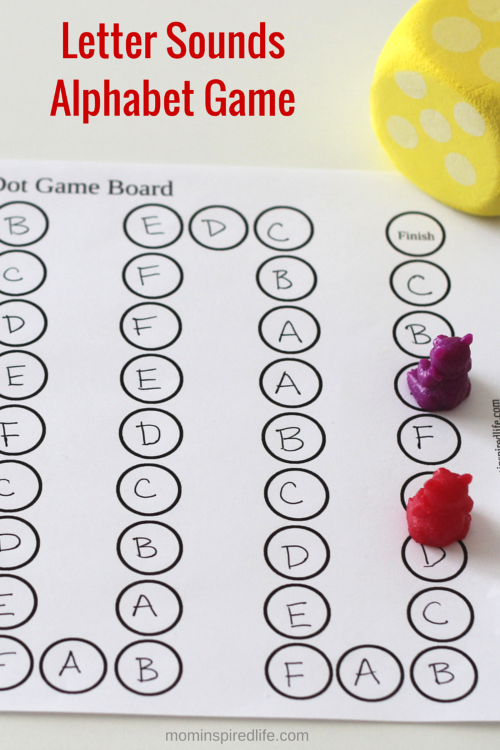 com: English
Pronunciation, Seattle, WA
com: English
Pronunciation, Seattle, WA
English online with Speak Method
Lesson for grade 2: Sounds and letters (lowercase and uppercase). Correlation of sound and letter. Sounds denoted by the letters and, g, p, t, p. Acquaintance with consonant sounds. Differentiation of the concepts of “sound”
Equipment:
diagrams, song “ABVGDeika”, illustrations
Organizational moment:
6
(The song “ABVGDeika” sounds)
II. Setting lesson goals. Theme announcement.
- Listen to a fairy tale. Once upon a time there was a Dragon (illustration showing). He was big and angry. And then one day the Dragon flew over the magical city.
There is on the river on Chernilnaya
The city is small, not dusty,
From time immemorial
it was called Bukvarinsky.
There, knowing no adversity,
Very nice people lived:
Hospitable, gentle,
Friendly and hardworking.
- Think about who lives in Bukvarinsk? (Letters.) They heard the noise of the letters and became agitated. They saw something big hid the sun. But the Dragon also saw the excitement of the letters, went down and asked: “Who are you? Why haven't I met you yet?"
The letters asked the Dragon why he was so angry?
- Because no one is friends with me, I'm always alone. My name is Dragon. It's me now, so big, puffed up like a balloon. But I can become small if you agree to be friends with me.
- Stay with us, Dragon, - said the letters, - we have a lot of room for friends.
The dragon began to decrease and became very small. The letters began to call him Drakosha. Drakosha settled in Bukvarinsk and the letters taught him to read and write. It was difficult for him at first. He is one, but there are many letters.
It's time for us to go to Bukvarinsk.
•Work according to the textbook.
- Open the textbook to p. 33. Who can, read the title of the section we are starting to study.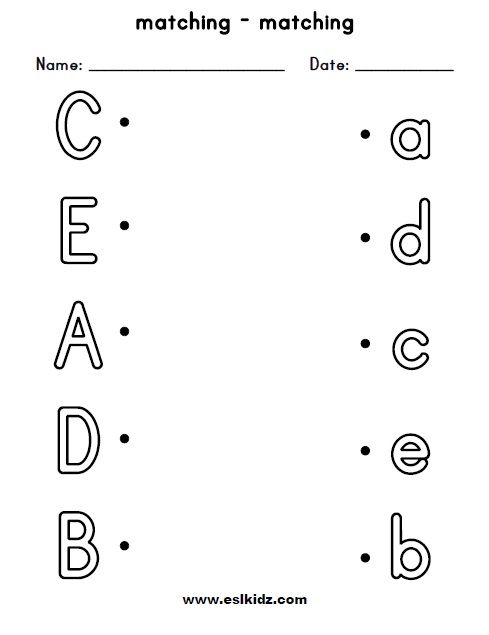 (We learn letters - we learn to read.) - Until the end of the "Primer" we will work on this section. Think about what we need to learn? And what will those children who know letters and can read do? (Children's statements.)
(We learn letters - we learn to read.) - Until the end of the "Primer" we will work on this section. Think about what we need to learn? And what will those children who know letters and can read do? (Children's statements.)
- So, everyone will have work, everyone should be interested, everyone will learn new and useful things.
- What is on my table? (Cubes.)
- Where are they from? (From the box we made in the first lesson.)
- Each cube is a letter that will be learned today. Think about why one cube didn’t “come” to us, but five at once? (One is not a warrior in the field; one is bored, scared; there are many of us, but he is alone. This is wrong.)
- Think about why five letters are cubes? (Children's statements.)
• Work with copybook.
- Open writing notebook no. 2 on p. 1. See why five letters? (They are made up of the same elements.)
III. Learning new material.
• Analysis of sounds in words.
- Meet my grandfather, a mystery man.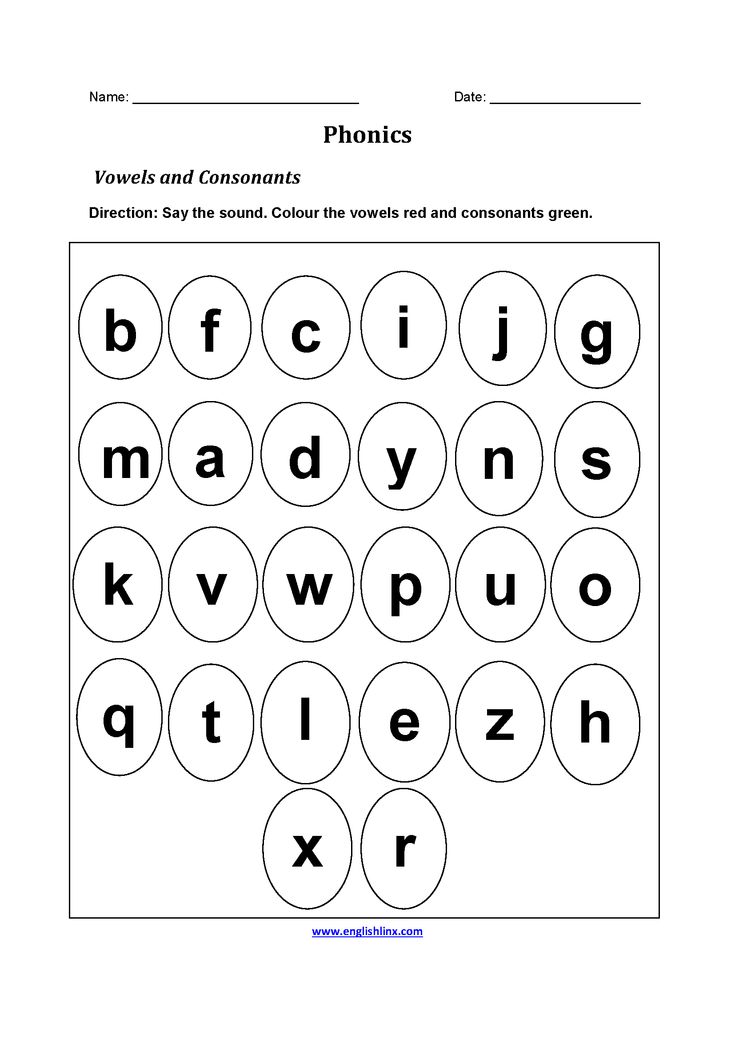 (Showing an illustration.) Together with Drakosha, he will introduce you today to the first inhabitants of Bukvarinsk.
(Showing an illustration.) Together with Drakosha, he will introduce you today to the first inhabitants of Bukvarinsk.
- Guess the first riddle:
Sheaths everything in the world,
What she sews - she doesn't wear. (Needle.)
- Look at the pictures Drakosha shows you. (Hedgehog, Christmas tree, darning needle.) Which picture is correct? (Children's answers.)
- Say it again in chorus: at the Christmas tree - _______ (needles), at the hedgehog - _______ (needles), she covers everyone in the world, what she sews - does not put on - _______ (needle). What sounds do you hear at the beginning and end of words? ([and].) What sound is that? (vowel)
Divide the word "needles" into syllables. How many syllables does it have? Pronounce the word with emphasis. What syllable is stressed? Draw the outline of the word.
- Color the sound [and] in red.
Describe the sound [and] in the word "needles". (vowel, unstressed.)
- Please get acquainted with the letter that stands for the sound [and].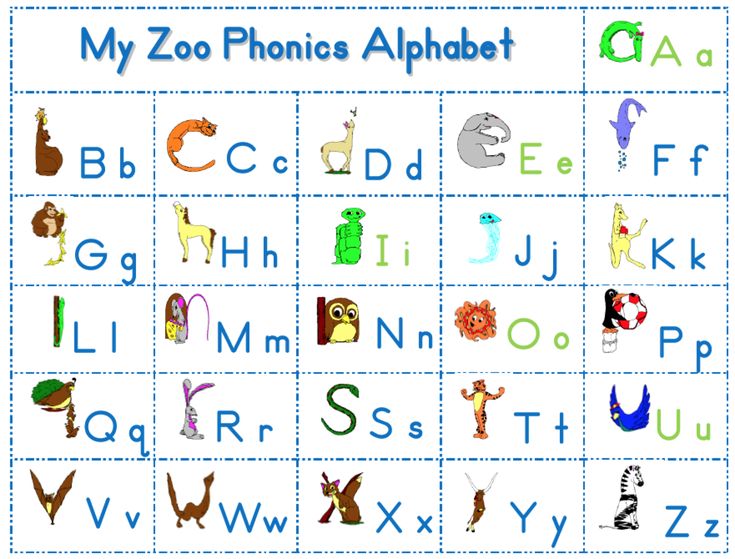
I got a hammer,
I knocked down a letter from the planks.
How many boards are there?
- Three!
What letter? "AND"!
(The teacher shows an example of a printed letter "and".)
- Look at the letter and, guys, imagine what the letter "and" looks like. (Children's answers.)
PHYSMINUTKA
• Work in copybook.
- Each letter has two faces: printed and written. Open the prescriptions on p. 1 and consider the written "and". Compare it to print. (Difference: slope, smooth lines, different elements.)
Teacher's explanation and demonstration
- Start writing from above. We lead an inclined straight line, almost bringing it to the bottom line of the working line, round to the right and lead up. Without interruption, we begin to write the second element - an inclined line with a rounding at the bottom to the right. We finish writing the letter just above the bottom line.
Circle the pattern for "and".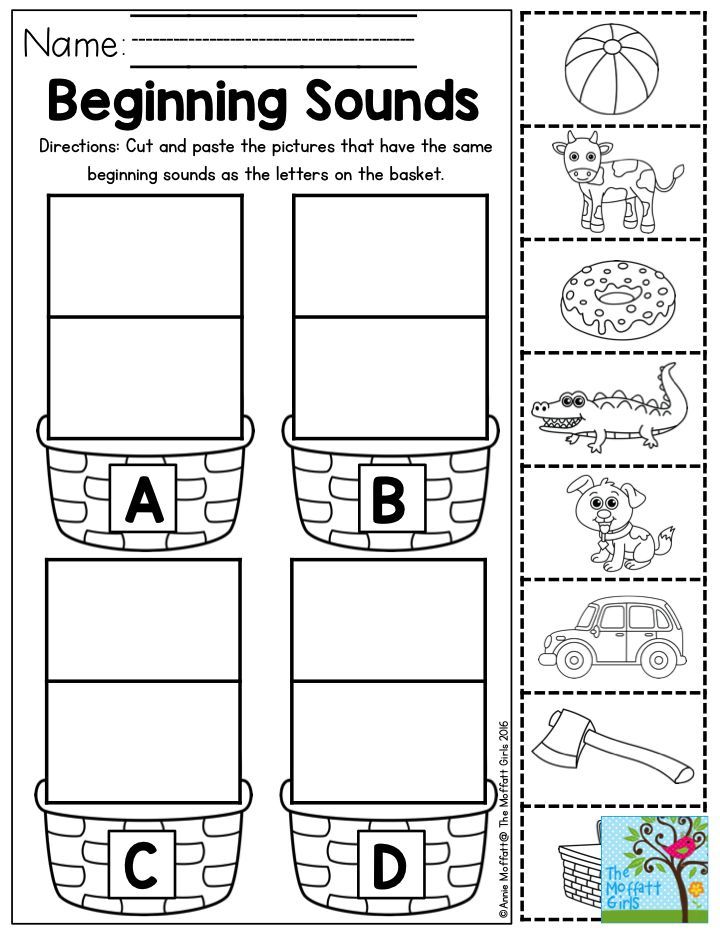 Remember the seating rules when writing.
Remember the seating rules when writing.
- Look, the hedgehog has the letter “i” on its needles. Explain why.
- The dragon wants to tell you a little secret: in the word "hedgehog" the letter "and" is written, but we do not hear the sound [and]. Studying the "Primer", you yourself will be able to answer the question "why?".
- Meet: Why. I didn't even notice when I called him. (Show picture.)
He promises not to ask anything today, but has prepared a story for you. Listen here:
I want to become a strong man.
I come to a strong man:
- Tell us about this -
How did you become a strong man?
He smiled in response:
- Very simple. For many years
Every day, getting out of bed,
I lift ...
(Demonstration of illustrations - dumbbells and weights.)
- What sound is heard at the beginning of the word "dumbbells"? ([g].) Say it. - What is that sound? (Consonant.)
- Prove it.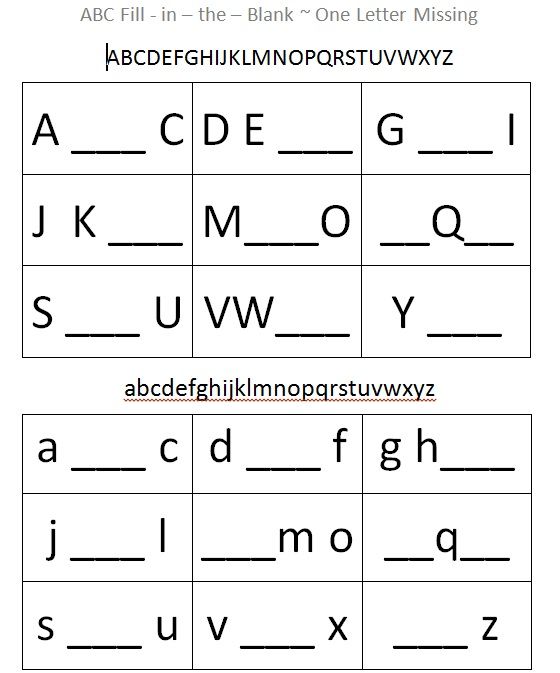 What can you say about the consonant sound [g]? (Hard, sonorous.)
What can you say about the consonant sound [g]? (Hard, sonorous.)
- Say the first sound in the word "weight".
- Give him a description. (Consonant, sonorous, soft.)
- Let's "dress" the sound player. What color should we paint the boots? (One is blue, the other is green.)
- Why? (May be soft or hard.)
- We will put a cap on his head - a bell, since the sounds |g], [g '] are sonorous.
- Pochemuchka says that he
wore the letter on his shoulder,
He mowed the grass in the meadow.
- Who knows what this letter is? ("G" - the teacher shows a sample of a printed letter.)
- What does the letter G look like? (Illustration showing: a crane, instead of a load - a written lowercase "G".)
G - a huge crane.
- Oh, look at the written "G" instead of the load. Let's get her off the hook. (The teacher puts the "g" next to the "g" on the typesetting canvas.)
- Compare a printed letter with a written one.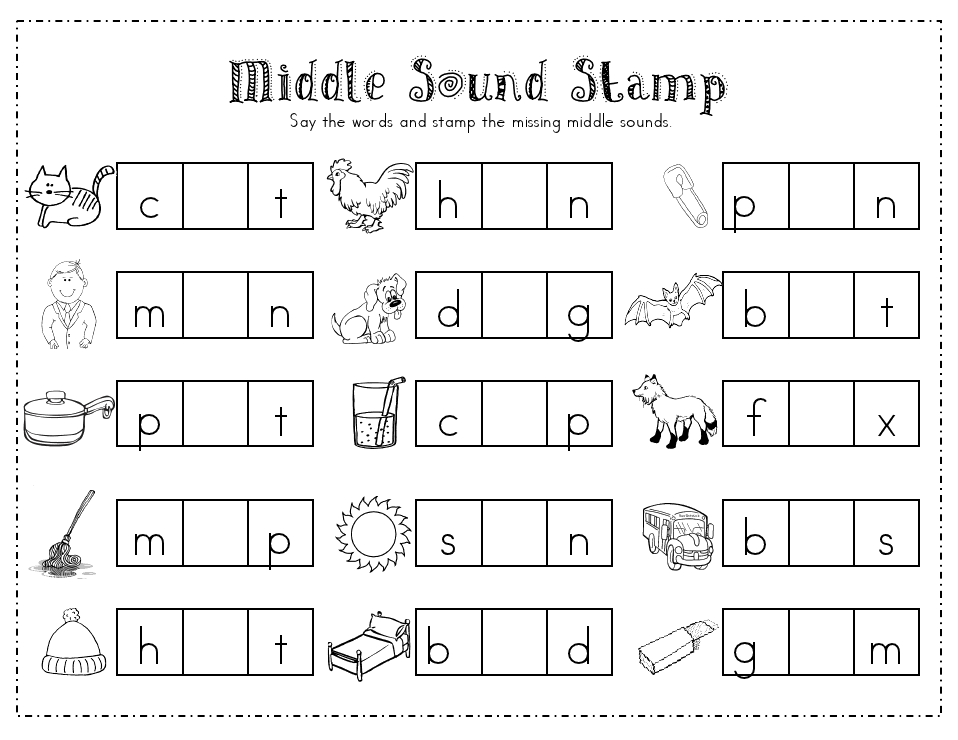
- Consider the elements that make up "g".
- Write the third line.
- Look at the 'g' sample and listen to the explanation. We begin to write above the line of the line, lead up to the left, round off, draw an inclined line down, almost reaching the bottom line, round to the right, finish writing the letter above the bottom line of the line.
- Write "g" in the air.
- Letter "g" on the fourth line. Watch your landing and tilt.
PHYSMINUTKA
• Work in copybook (continued).
- And here they come themselves, frogs. (Show or lustration.)
- Do you think they can only croak? No, they are also signs of many tongue twisters and they brought you one today as a gift.
- Listen carefully to the tongue twister: "Again, five guys found five mushrooms at the stump."
- Say the tongue twister slowly at first, and then faster and faster.
- What sound is repeated in the tongue twister more often than others? ([n'].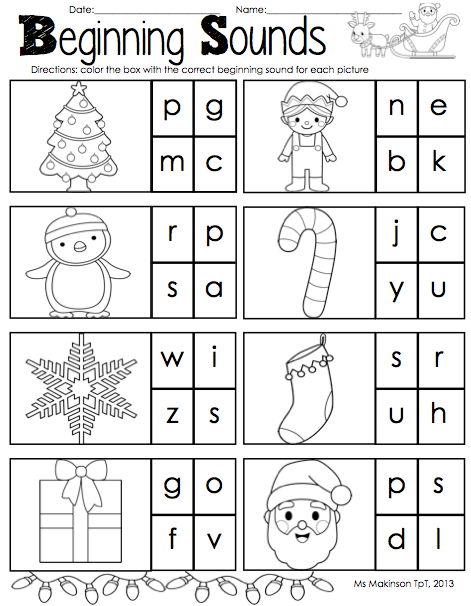 )
)
- Count how many times [n'] occurs? (Five.)
- Say the sound [n']. Give him a description.
- Guess the riddle:
And from the wind and from the heat,
It will cover you from the rain,
And how sweet it is to sleep in it!
What is it?
(Tent.)
- Say the first sound. Give him a description.
- "Dress" the sounder. Why does the bell cap not suit him?
- Sounders of deaf consonants wear hats.
- What letter denotes [p'] and [p]?
- Depict her.
PHYSMINUTKA
The dragon hung on the horizontal bar,
The letter turned out to be ... ("P".)
- What else does the letter "P" look like? Compare it with writing.
- Look at the sample of writing "p" and listen to the explanation: we draw down an inclined line to the line of the working line. Without interruption, we begin to write the second element - an inclined line with roundings at the top and bottom.
- Write "p" in "air".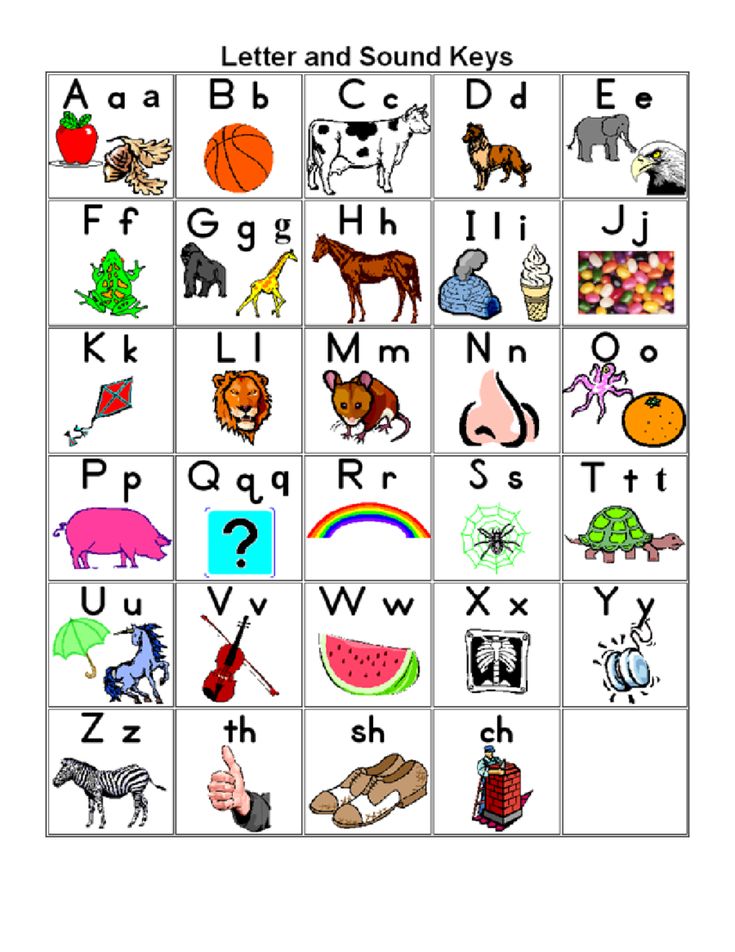
- Write "p" on the fifth line. Follow the landing.
- While you were writing, Drakosha bought you presents. Name what it is. (Phone, cake, pen, rubber band.)
- Divide these items into two groups.
- On what basis did you separate them?
- What do the words "cake" and "telephone" have in common? (They start with the letter "t".)
- What sounds do you hear at the beginning of these words? Describe them.
- "Dress" the sounder.
- What letter denotes these sounds?
- What do they look like?
PHYSMINUTKA
• Work in copybook. (Continued)
- Compare printed and written letters.
- Look at the example of writing "r" and listen to the explanation: we draw down a slanted long line, return along the written, then slightly round to the right, round and lead down a slanted line with a rounding at the bottom.
- Write "r" in "air".
- Write "p" on the eighth line. Follow the landing.
- Look at the sample of writing "t" and listen to the explanation: we draw an inclined line down to the bottom line of the line, without: breaking off we write the second element - an inclined line with a rounding at the top, without breaking off the third element - an inclined line with a rounding at the top and bottom.
- Write "t" in "air".
- Write "t" on the sixth line.
IV. Consolidation of what has been learned.
• Work according to the textbook (p. 34).
- Consider the letters that we met today. Now Drakosha wants to know what you remember, learned in the lesson. What letters are these verses about?
Look, like a poker,
The letter ... ("G") humps back.
Answer, experts,
What are these axes and hammers? (“T”, “R”.)
What kind of letter looks like
Like an old stool,
And it, perhaps,
Will become a vase for sweets. (“T.”)
Suitable gates.
Who wants to come! ("P".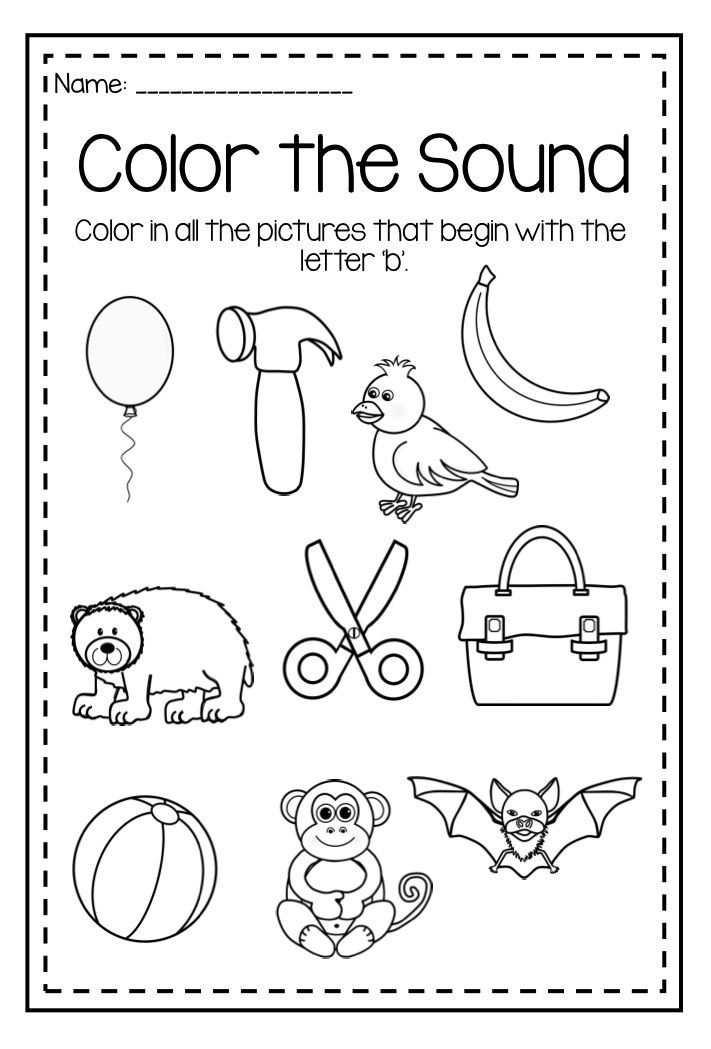 )
)
- Tell us about the sounds that these letters represent. Draw the sounds of the letters "T", "P".
- Look who is sad on p. 34?
(Sound [and].)
- Tell us about the letter "and", about the sound [and],
- Well done! We learned a lot and the letters as a reward decided to play with you.
• Game 1.
The letters "T", "P" like to look in the mirror. Guess why?
• Game 2.
The snow is melting. A stream flows.
The branches are full of doctors.
- Correct the poem.
•Game Z.
Gnome caught the mischievous letter and put it in a bag. Count how many letters "G" the Gnome caught.
• Game 4
Reading children read riddles, find answers on p. 34-35 and make up word schemes.
Patterned tail,
Boots with spurs,
Sings songs,
Time counts.
(Rooster)
Neither feather nor wing,
And faster than an eagle.
Just release the tail -
It will fly to the stars.
(Rocket.)
The whole universe lives in it,
But an ordinary thing.
(TV.)
I'm under a colored hat
I stand on one leg,
I have my own habits,
I always play hide and seek. (Mushroom)
I am short,
Thin and sharp,
I am looking for a way with my nose,
I am dragging my tail behind me.
(Needle, thread.)
(Collective check in progress.)
• Work in copybook (2nd cover page and p. I).
I put the notebook correctly,
I hold the pen correctly,
I follow the planting,
I am friends with cleanliness,
I will write “excellent”! Letter lines 7 and 11 th.
V. Summary of the lesson.
- What are the sounds?
- What sounds did we meet? Name them. How many sounds?
- We hear and pronounce sounds, but what will we write on the cubes? (Letters.)
- Which ones?
- Look at the copybook illustration on the 2nd cover page.
- What's with the letter "and" here? "P"? "T"? "R"? "G"? (Children name objects, and the teacher glues pictures of the corresponding objects on the cubes.)
Capital letters are vowels and consonants. Consonants
Introduction
In Russian, all letters, both vowels and consonants, are its basis. After all, thanks to letters, syllables are formed, and with the help of syllables we compose words, from words, expressions, sentences, and so on.
But today's lesson we will start by studying the consonants of the Russian language.
Consonants
Distinguish between consonants and sounds. What are these letters that are called consonants? To understand what consonants are, let's learn about the origin of the word "consonants". And they are called so because they always go next to vowels or together with vowels.
There is a fundamental difference between consonants and vowels. If you remember that all vowels can be easily pulled or even sung, then consonants should be pronounced as short as possible.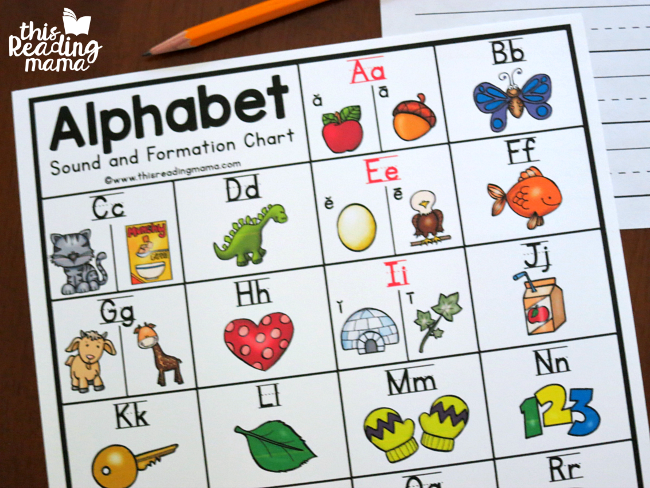 The only exceptions are hissing consonants, since they can also be pulled.
The only exceptions are hissing consonants, since they can also be pulled.
There are twenty-one consonants and 37 consonants in the Russian alphabet.
Consonants
Voiced and voiceless sounds
Consonants are divided into voiced and voiceless sounds. Here, pay attention to the letters that are written in pairs. If you look closely, then in each pair there is one letter that has a deaf sound, and the other has a voiced sound.
Silent letters mean a dull sound, and when we pronounce them we hear only noise, while pronouncing voiced letters, we can hear not only noise, but also a voice.
B - P, Z - S, D - T, G - C
But at the moment we see letters that have a pair. These pairs in Russian can be counted eleven pieces. But not all letters got pairs, so in the Russian alphabet there are also unpaired voiced, as well as unpaired deaf.
Exercise: Think of words for paired voiced and unvoiced sounds.
Soft and hard sounds
In addition to voiced and voiceless letters of the alphabet can have soft and hard consonants.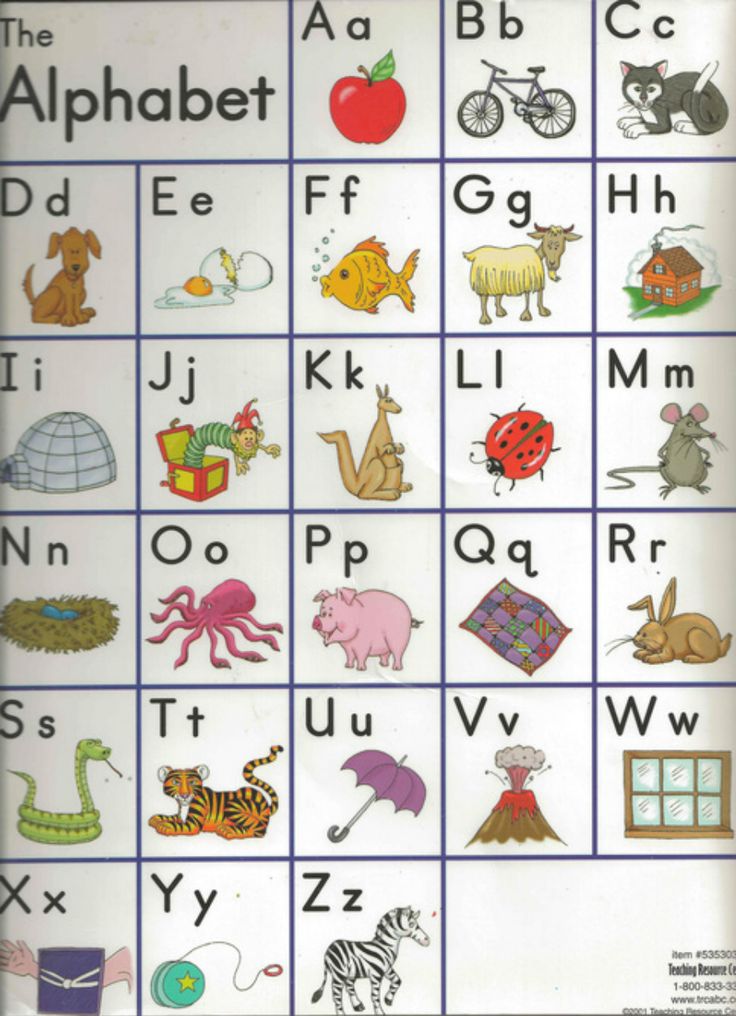
During the pronunciation of sounds, in accordance with what sound we pronounce, the position of our tongue changes. When pronouncing soft consonants, our language takes one position, and when it is hard, it is completely different.
Now let's try to pronounce soft sounds first, and then hard ones. If you notice, then when pronouncing soft consonants, we move the tongue a little forward and at the same time its middle part slightly rises. But when we pronounce hard consonants, our tongue is slightly pulled back.
Russian vowels and sounds
Now we invite you to remember what vowels and letters are in Russian. There are only ten of us:
When pronouncing vowels, unlike consonants, we can pull or sing them during pronunciation, and at the same time we feel how the air passes through the entire oral cavity, and we clearly hear our voice .
Exercise 1.
Write the word rose
1.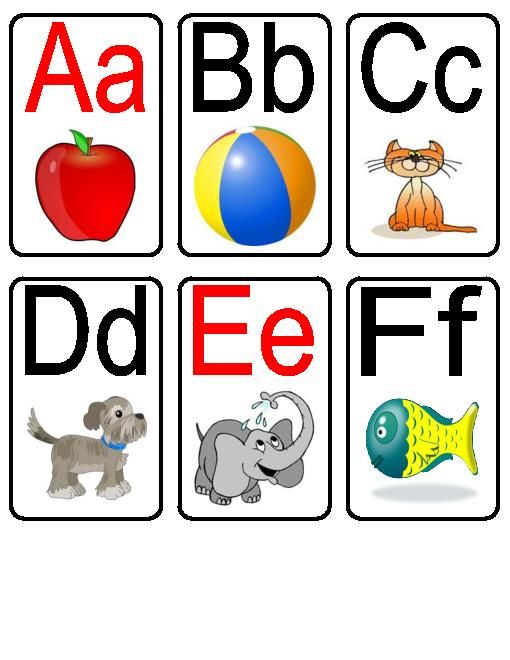 Change the letter z to p in this word.
Change the letter z to p in this word.
2. What word did you get?
3. What has now changed in the third sound, and how did it begin to sound?
4. What are all the vowels in this word?
5. What are the consonant sounds in this word?
Exercise 2.
Cat, juice, mal, feast, onion, ball
1. Replace the vowels in these words with other vowels.
2. What words did you receive?
3. Write down the new words you have come up with.
4. How are vowel sounds read in previous words?
5. How should sounds be read, hard or soft, in newly formed words?
Homework
1. Vowels and consonants - what is their difference?
2. What is the difference between letters and sounds?
3. Does the number of letters of the Russian alphabet match the number of sounds?
4. Why are there fewer vowels in Russian than vowels?
5. How can you explain why there are more sounds than letters?
6.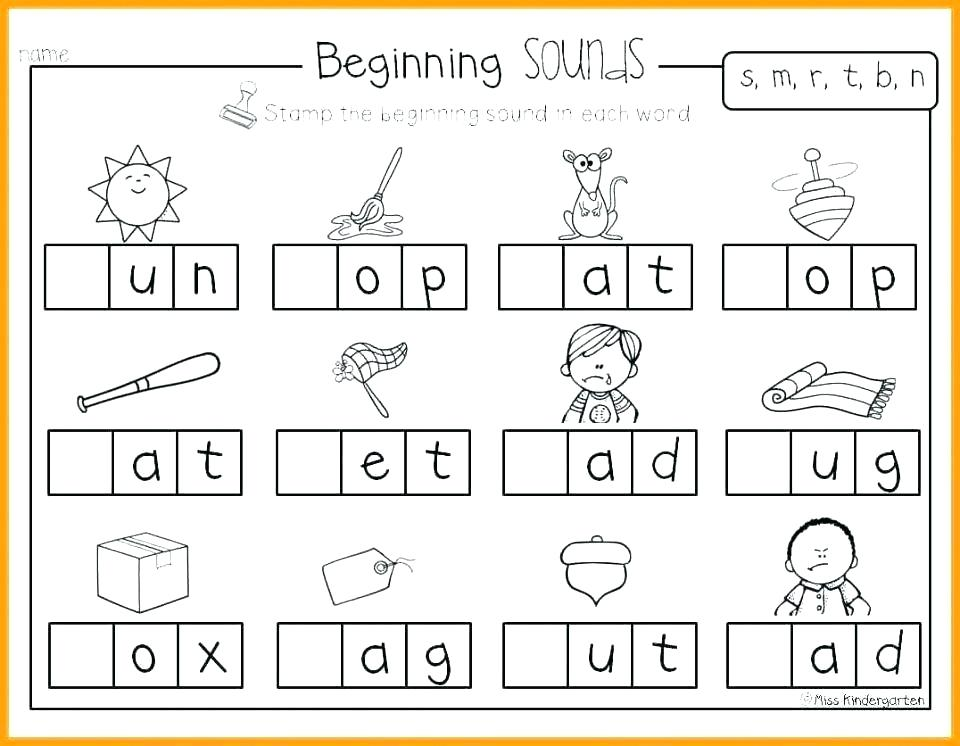 What are the types of consonant sounds?
What are the types of consonant sounds?
Words are the most important part of speech, we pronounce, write and read them, we form phrases and sentences from them. They consist of letters and sounds that have become so firmly established in our lives that we hardly notice them.
Letters and sounds are not the same thing, although they are closely related concepts. We write, see and read letters, and we pronounce and hear sounds. Letters are graphic written symbols, while sounds are the acoustic component of words and human speech in general. In different words, the same letter sometimes corresponds to different sounds.
“In the beginning was the word. Then words, words, words... (author Vladimir Kolechitsky).
“The word was given to a person not for self-satisfaction, but for the embodiment and transmission of that thought, that feeling, that share of truth and inspiration that he possesses to other people.” (author V. Korolenko).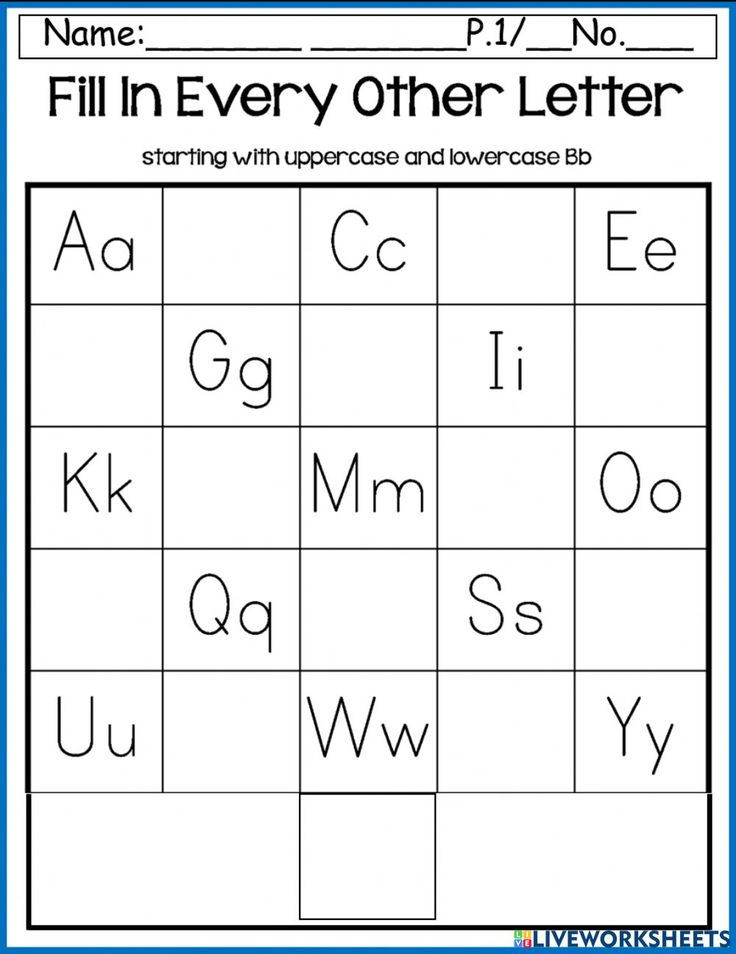
Letters and sounds are studied in various branches of linguistic science. Sounds studies phonetics , and alphabetic characters - graphics . Spelling letters prerogative spelling .
The set of letters of any language makes up its alphabet. The letters of the Russian language are divided into consonants, vowels and auxiliary. Auxiliary ones include those that do not carry sound information - a hard and soft sign.
Consonant letters and sounds of the Russian alphabet
Consonant sounds and letters are characterized by the fact that during their pronunciation, a certain obstacle arises in the path of air in the oral cavity. As a result, noise is necessarily present in the acoustic sound of consonants. They got the name "consonants" because they almost always stand next to vowels or in the same word with them.
There are 21 consonants in Russian:
| b | g | d | W | s | ||
| k | l | m | n | p | r | with |
| t | f | x | c | h | sh |
Another characteristic feature of consonants is that they cannot be sung.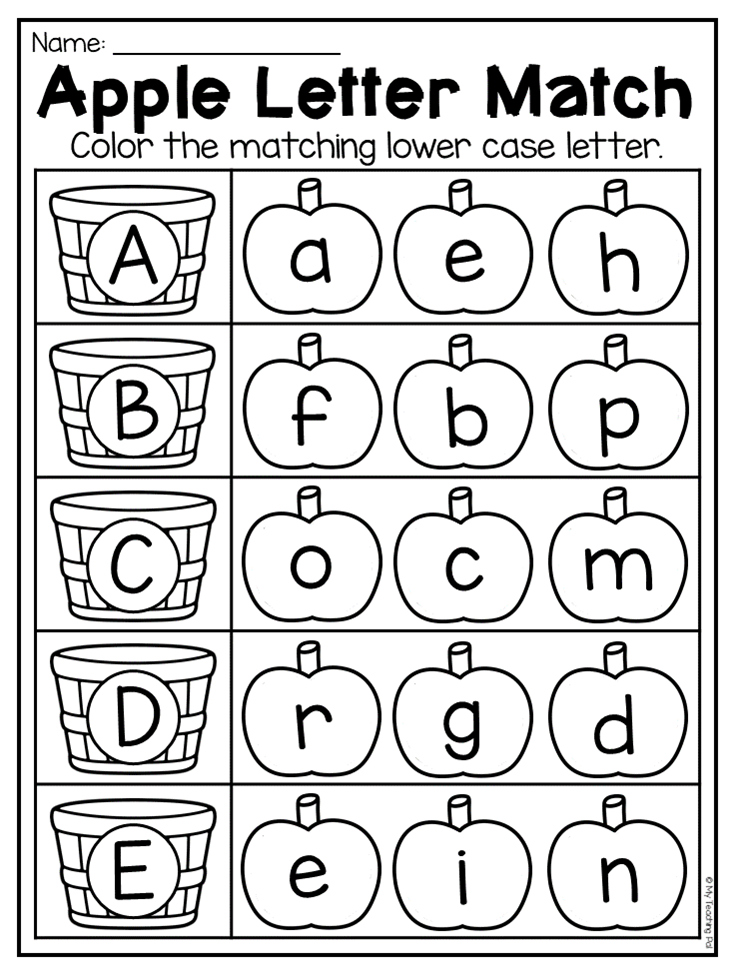 The pronunciation of hissing consonants can be stretched (for example: s , f , sh , ), but "singing" will not work.
The pronunciation of hissing consonants can be stretched (for example: s , f , sh , ), but "singing" will not work.
As noted above, consonants in words almost always coexist with vowels. However, there is a limited number of words that consist only of consonants. Along with prepositions to , s or particle b , these are some foreign proper names ( Krch - district of Prague; Armenian name Mkrtch , which in Russian is sometimes written with a vowel - for euphony), as well as interjections like brr or shh .
Classification of consonant letters and sounds in Russian is based on acoustic criteria.
Voiced and voiceless consonants
Those consonants whose pronunciation consists only of noise are called voiceless. In contrast, consonants formed by sound and noise are called voiced.
The letter stands apart (and short). According to the acoustic sound, it is classified as a voiced consonant, however, its isolated pronunciation is impossible.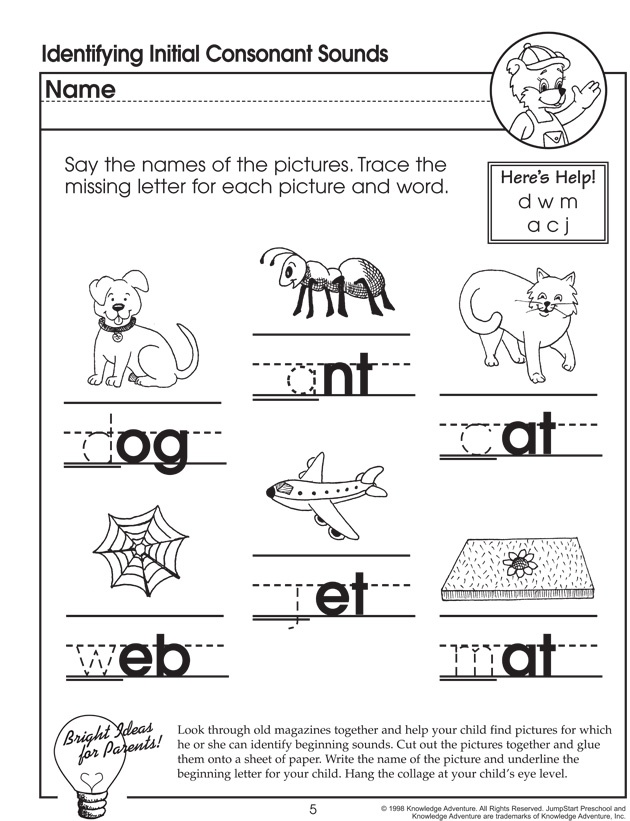 Letter th can only be pronounced together with a preceding or following vowel sound, for example [yy] , [uh] etc.
Letter th can only be pronounced together with a preceding or following vowel sound, for example [yy] , [uh] etc.
Paired and unpaired consonants
Most voiced consonants correspond to certain voiceless ones. Such consonant letters are called paired . There are also consonants that do not have a pair. Among them there are also deaf and voiced, and they are called unpaired .
| Paired voiced and voiceless | Unpaired voiced | Unpaired deaf |
|---|---|---|
| b - p | l | x |
| v - f | m | c |
| g - k | n | h |
| d - t | r | |
| w - w | ||
| w - s |
Soft and hard consonants
The pronunciation of consonants in words can be hard or soft.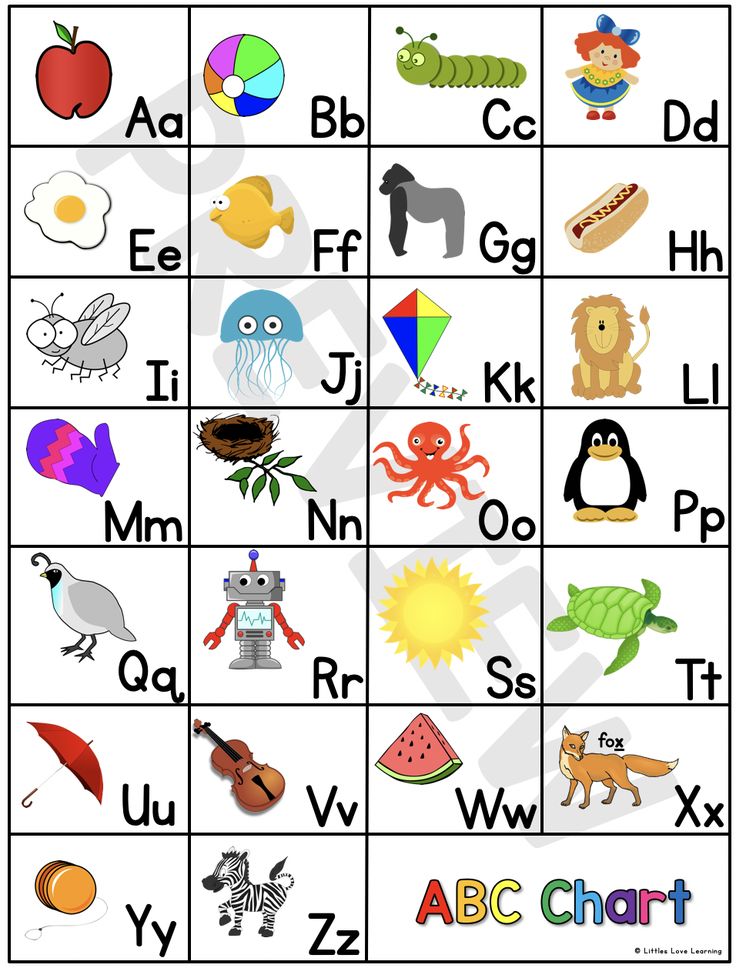 If the sound is pronounced softly, then the tongue is slightly pushed forward, approaching the upper palate or touching it. When pronouncing solid sounds, the tongue does not move forward (but the tongue can touch the upper palate due to upward movement).
If the sound is pronounced softly, then the tongue is slightly pushed forward, approaching the upper palate or touching it. When pronouncing solid sounds, the tongue does not move forward (but the tongue can touch the upper palate due to upward movement).
Most consonants form both hard and soft sounds, but there are some exceptions. In particular, the letters w , c , sh always have a solid sound, and the letters , h , - soft.
In other cases, the hardness or softness of the consonants is determined by which letter follows them.
If the consonant is followed by the letters a , about , , e , s , b - then you get a solid sound. The same is true if the consonant is at the end of the word or is followed by another consonant.
If the consonant is accompanied by the letters e , e , and , , i , b - then its sound will be soft.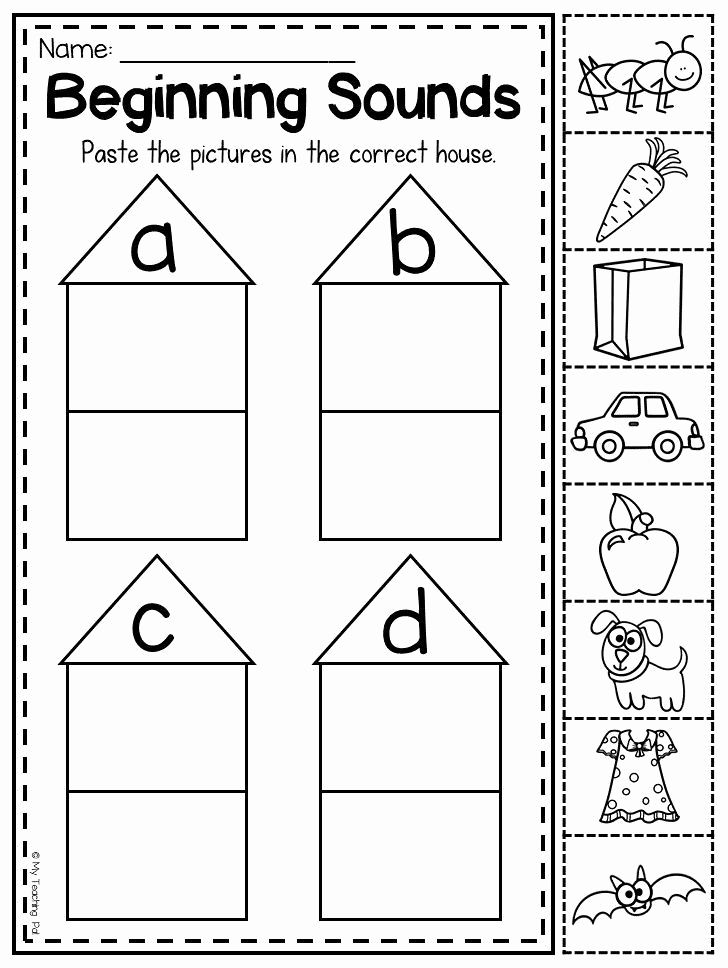
Video lesson
Hissing and whistling consonants
Some of the Russian consonants sound like hissing. These are sounds w , sh , , h , which are called hissing consonants.
Another group of consonant sounds, when leaving the oral cavity, forms acoustic vibrations resembling a whistle. These are the sounds of z , s , c - whistling.
The properties of hissing and whistling consonants are especially noticeable when they are pronounced for a long time.
One of the important features of these sounds is that most of the speech defects are associated with their pronunciation. For this reason, work with hissing and whistling consonants should be given special attention when teaching children. It is important to note that speech deficiencies associated with these sounds may be amenable to speech therapy correction.
Russian vowels and sounds
Unlike consonants and letters, the characteristic feature of vowels is that the air passes through the oral cavity freely during their pronunciation.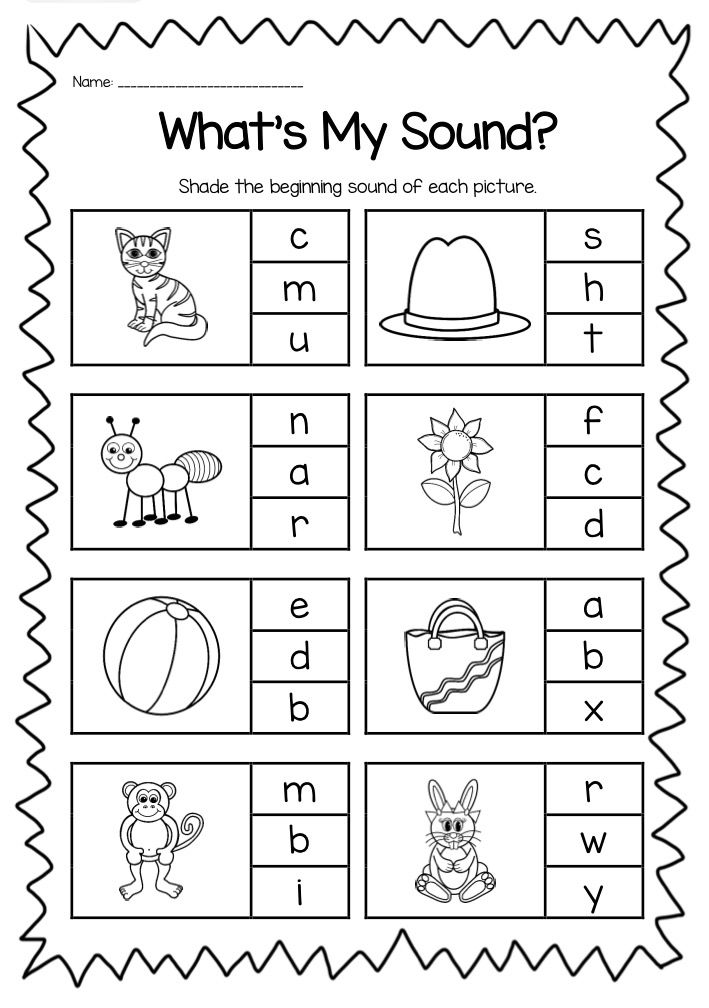 As a result, vowels can not only be easily stretched, but also sung in a singsong voice. Another distinctive feature is that they can be pronounced as loudly as you like, at the top of your voice.
As a result, vowels can not only be easily stretched, but also sung in a singsong voice. Another distinctive feature is that they can be pronounced as loudly as you like, at the top of your voice.
Vowels and sounds combine consonants into syllables. Each syllable has only one vowel. The number of other letters - consonants, hard and soft signs - may be different. Words can consist of one or more syllables: ros-pis , scrap , yard , car-ti-na .
Number of vowels in Russian - 10:
| a | e | e | and | about | s | e | i |
And there are only 6 vowels: [a] , [And] , [O] , [y] , [s] , [e] . The vowels corresponding to them are monosonic. The remaining 4 vowels - e , e , , i - two-voiced, and separately pronounced as [ye] , [yo] , [yu] , [ya] .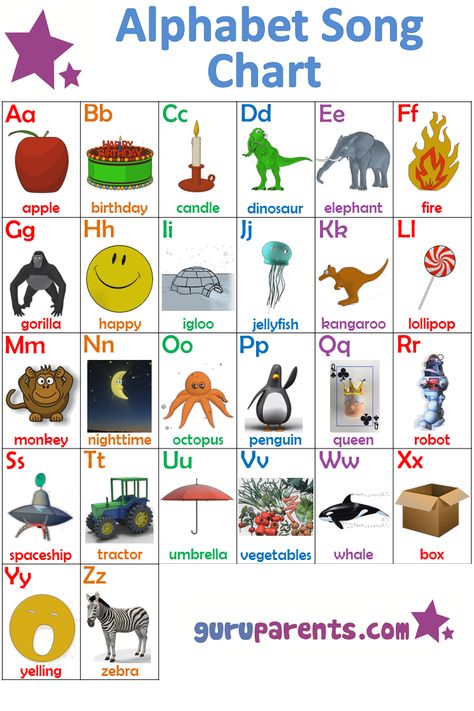 At the same time, in words, these letters mean one sound (examples: squirrel, ball, went, key).
At the same time, in words, these letters mean one sound (examples: squirrel, ball, went, key).
As in the case of consonants, there are a number of Russian words that consist only of vowels. These are pronouns - i , her ; unions - and , a ; prepositions - , about ; interjection - e , ау .
Stressed and unstressed vowels
In words, vowels can be stressed and unstressed.
- If a vowel in a word is under stress, it is read more distinctly, with a greater accent and a little more drawl.
- In the absence of stress, vowels in words are read less clearly. Accordingly, an unstressed position is a weak position for them, and a position in a stressed syllable is a strong position.
As a rule, words are not stressed in traditional writing. If necessary, they are denoted by the sign "akut" - a small "/" stroke above the vowel.
Video lesson
Designations of sounds during phonetic analysis of a word
Phonetic or sound analysis of a word serves to display and parse its correct pronunciation.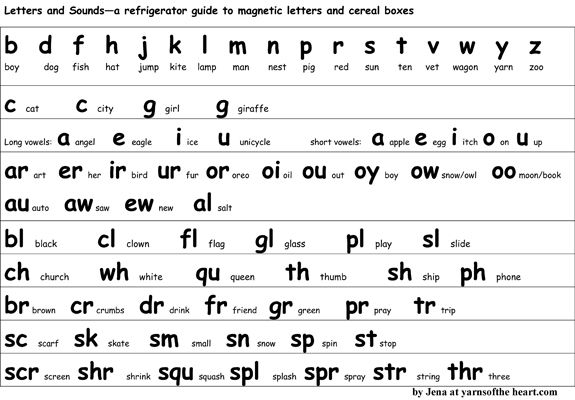 Both words and individual letters can be designated phonetically.
Both words and individual letters can be designated phonetically.
Sound designations, unlike letters, are enclosed in square brackets. The graphic record of the pronunciation of a word is called transcription.
The basic rules according to which sounds are designated in the phonetic parsing of a word are as follows:
- The hardness of consonants does not have any designation, but the softness is displayed with an apostrophe. For example, if [b] - hard sound, then [b '] - soft.
- Long sound in transcription is indicated by a colon, for example: kassa - [cas:a] .
- Not always, but often the transcription of words is stressed. For example: wave - [wave] .
- The soft sign and the hard sign do not have a sound pronunciation, therefore, there is no display during phonetic analysis.
Video lesson
How to teach children to distinguish between hard and soft sounds
Sometimes children may have difficulty distinguishing between hard and soft consonants.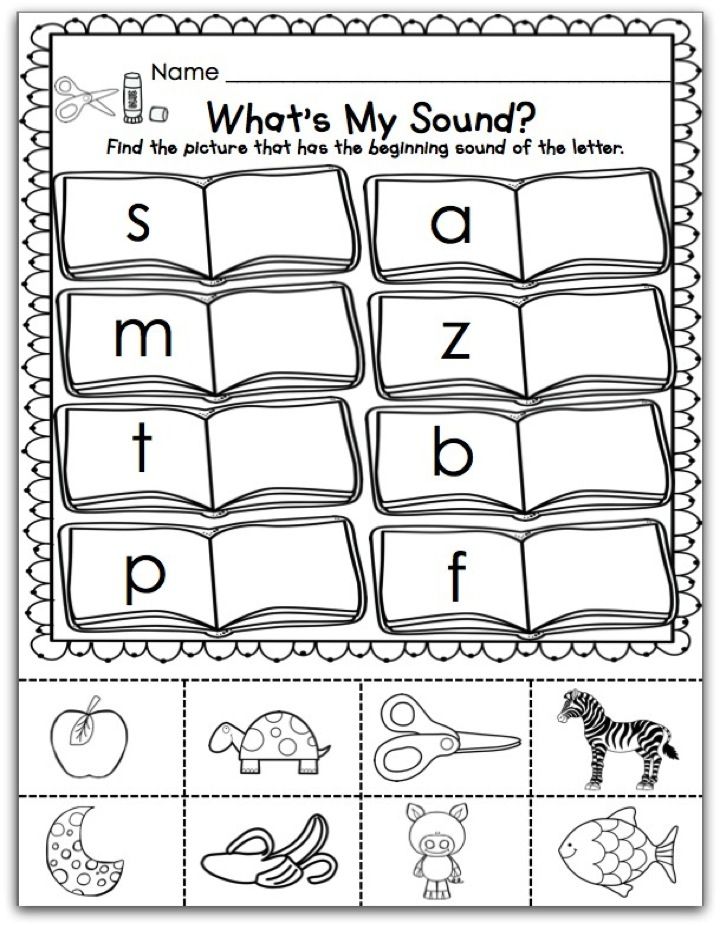 In this case, there are some tricks that facilitate the assimilation of the topic.
In this case, there are some tricks that facilitate the assimilation of the topic.
First of all, it is necessary to explain to the child that the concepts of hardness and softness do not refer to consonants, but to their sounds. And that the same letter can sound both hard and soft. Here's an example: " b "- the words ram - white," r "- work - belt," l "- a horse is a swan.
When explaining the exception letters, for better memorization it is recommended to write them down as follows:
- , h ,
- W , sh , c
It is necessary to make the child understand that the underlined letters seem to “sit on the pads” - the pads are soft and the letters are also soft.
In order for the child to remember well before which vowels the letter becomes hard or soft, you can use the following technique: first, with a serious facial expression, read a syllable with a hard consonant - and then, with a smile on your face, read another syllable, where this consonant is soft.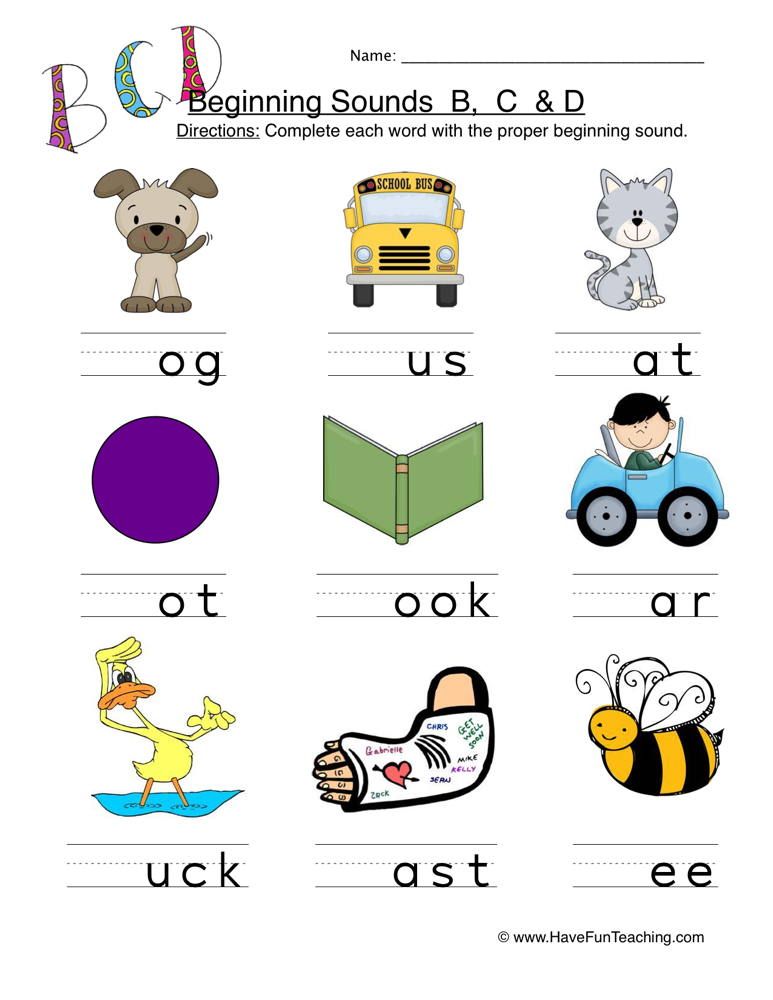 Then, do the same with other letters and syllables. For example: la — la , mu - mi , zo — zya , bo — byu , ry - ryo etc. Soft pronunciation is well associated in a child with a smile, and hard pronunciation is well associated with seriousness and severity, which allows you to remember the material associatively.
Then, do the same with other letters and syllables. For example: la — la , mu - mi , zo — zya , bo — byu , ry - ryo etc. Soft pronunciation is well associated in a child with a smile, and hard pronunciation is well associated with seriousness and severity, which allows you to remember the material associatively.
Gradually improve skills, and do the same exercises with simple words such as: mom , dads a - uncle , aunt etc. As you memorize, you should move from simple words to more complex ones. Explanations and exercises should be gradually alternated with tasks: write words, and then ask which consonants are hard and which are soft.
Another exercise can be suggested: make tablets with words in which soft consonants are written in one color and hard consonants in another. For example:
- H ABOUT WITH AND TO
- K ABOUT IN Yo R
- H AND SL ABOUT
- T Yo PL S Y
There are many options, but it is advisable to choose among them those that your child likes best.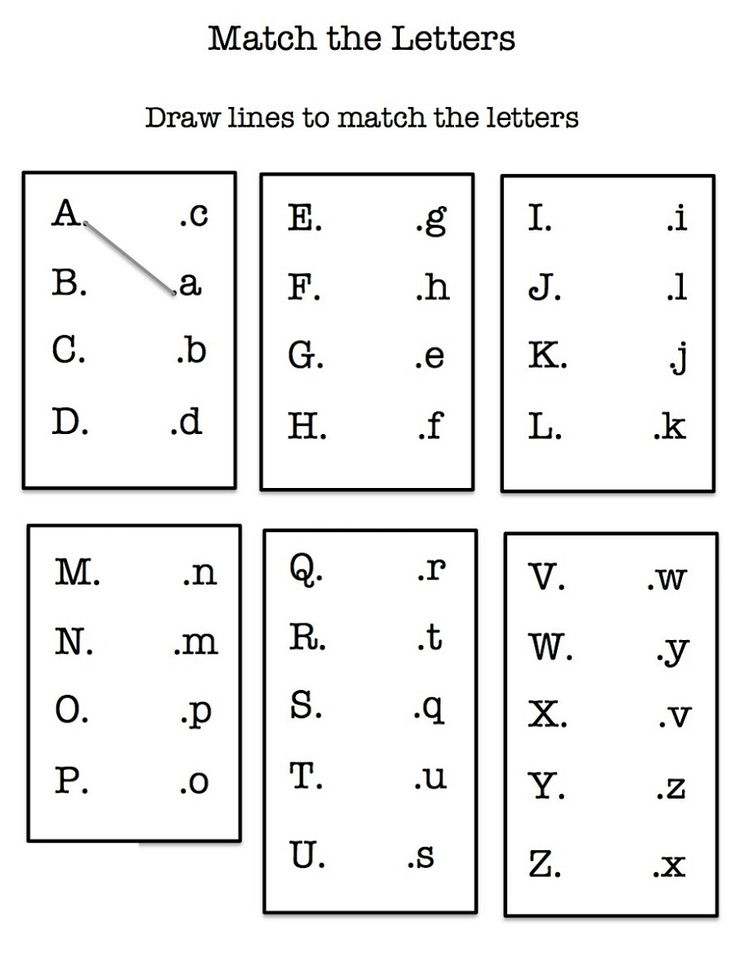 This contributes to a better perception of the material, its memorization and practical assimilation.
This contributes to a better perception of the material, its memorization and practical assimilation.
Video lesson
Some interesting and useful information
- Sounds and words can be formed without human intervention. A well-known example is the pronunciation of words by birds of the parrot family. As for individual sounds, they can also appear in inanimate nature - with the rustle of leaves, gusts of wind, splashing waves. This cannot be said about letters - after all, only their meaningful spelling can be recognized as a letter designation, and this is characteristic only of people.
- Despite the small number of words consisting only of vowels, one can make a sentence from them: “Hey, what about me?”
- Almost all Russian words containing the letter " f ", are of foreign origin. Only in relation to rare words (for example: owl) is Russian origin assumed, but this has not been definitely proven.
- All words starting with ”, also foreign-language.
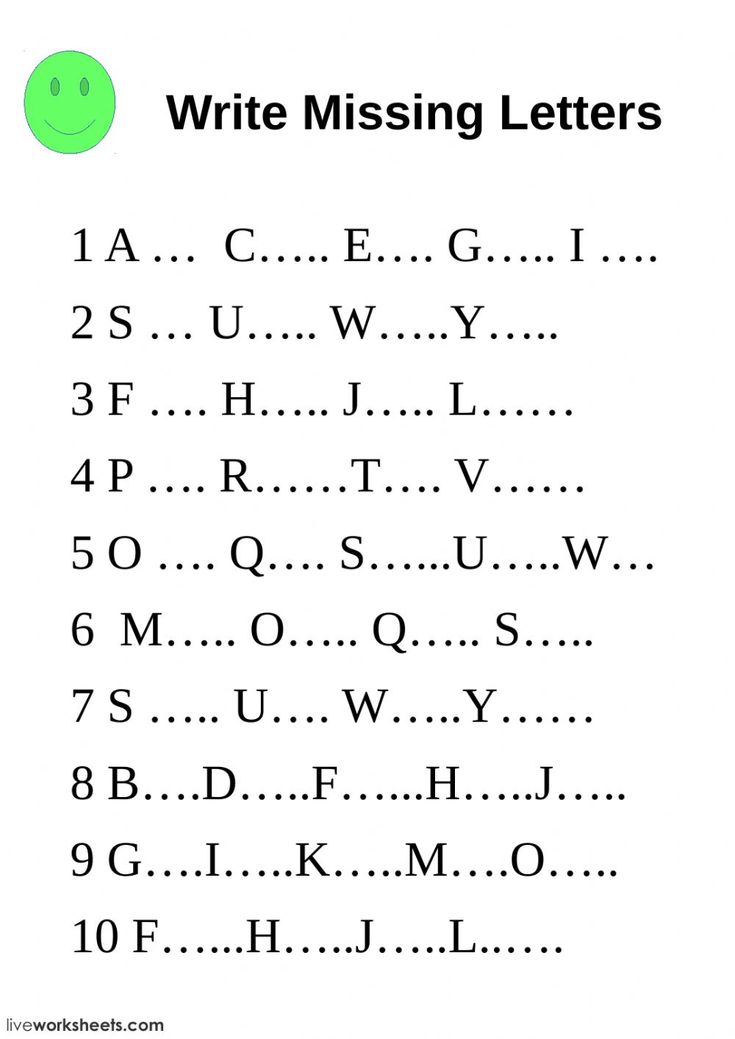 For example: iodine, yogurt, iota, Yemen, Yokohama, Yorkshire, etc.
For example: iodine, yogurt, iota, Yemen, Yokohama, Yorkshire, etc. - The letter " yo" » in words almost always carries an accent. There are very few exceptions to this rule - these are words of foreign origin ( Königsberg surfers ), as well as compound words, which include numerals of three or four - ( twenty-three-digit , four-door , three thousandth ). It should also be noted those rare situations when in one word there are two letters “ ё ", one of which becomes shock, and the other - unstressed ( three-star , four-wheeled , aircraft lift , three-rouble note ).
- There are many words in Russian with unusual letter combinations. For example, words in which the same vowel is repeated three times in a row: snake-eater , animal association , long neck . Word with 7 consonants in a row: countermeeting (perhaps occasionalism ).
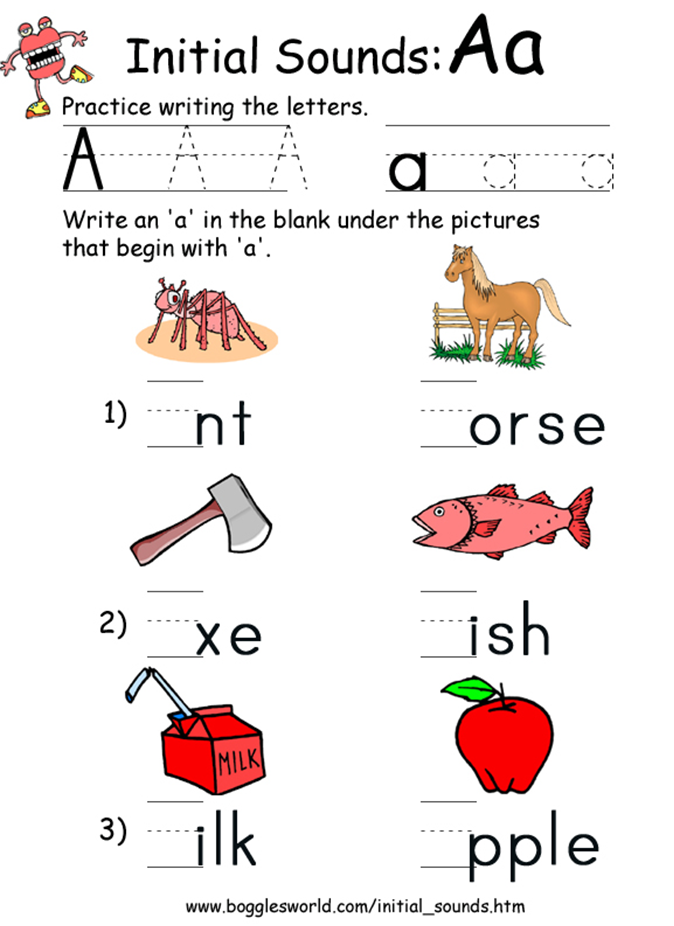 Words with three soft signs: seductiveness , diminutive , multifunctionality , seduction etc. Word with two soft and one hard sign: courier . One-syllable word of 8 letters: in passing . Many other interesting examples can be cited.
Words with three soft signs: seductiveness , diminutive , multifunctionality , seduction etc. Word with two soft and one hard sign: courier . One-syllable word of 8 letters: in passing . Many other interesting examples can be cited. - Any letter has a certain frequency of repetition, the most used letters in Russian - o , e , a , and , t , n , s , r . This phenomenon is used to recognize ciphertexts.
Knowledge of letters and sounds, their spelling and pronunciation is the basis of language literacy. In turn, a good command of the spoken and written language is one of the indicators of a person's erudition, and the skills of reading and understanding the text are the basis for learning other sciences. After all, the lion's share of information in the modern world is comprehended by reading or listening, and only a small part of it - through personal experience.
A child's acquaintance with the Russian alphabet is always a meeting with an unknown, but mysterious world, in which there are so many interesting things.
The letters of the Russian alphabet make up a whole family of 33 inhabitants!
And everyone should be remembered in their places. But the study of letters does not end there. We also have to divide them into vowels and consonants, stressed and unstressed, soft and hard, deaf and voiced . And this is far from a complete classification. Let's figure out how to correctly divide the letters of the alphabet into groups.
Vowels and consonants and letters
First, let's figure out how many letters the Russian alphabet contains. There are 33 of them in total. All of them are divided into two large groups: vowels and consonants.
Only soft and hard signs we cannot attribute to any of the groups: they do not denote a sound, but serve to indicate the hardness or softness of the previous sound.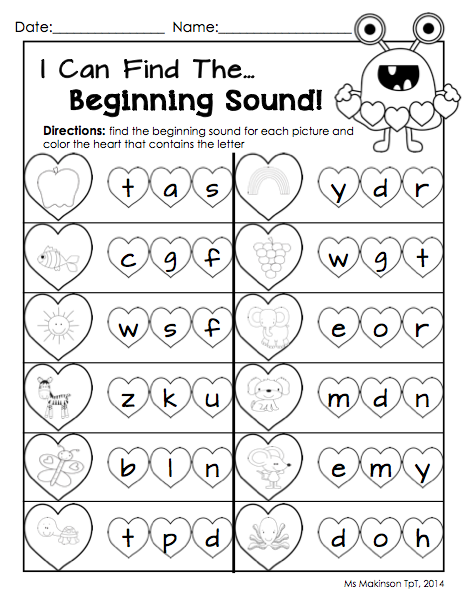
Table with cards of vowels and consonants in Russian.
Vowel sounds
Vowel sounds are pronounced easily, in a singsong voice. This is possible due to the fact that during articulation in the mouth there is no obstruction to the air flow.
How many vowels are there in Russian? - 10 letters. Vowel sounds are much less: only 6: A, O, U, Y, I, E. This difference is explained by the fact that 4 vowels are formed by merging two sounds: Ё = Y + O; E=Y+E; Yu=Y+U; I=J+A.
Stressed and unstressed
There are both stressed and unstressed vowels. Stressed vowel sounds in a word are distinguished by the voice. Thanks to stress, we understand the meaning of the word. There are words in which the meaning depends only on the placement of the stress, for example: castle - castle. Unstressed sounds are not pronounced so clearly, so we check unstressed sounds in writing with stress.
How many consonant letters and sounds are there in Russian?
There are only 21 consonants, but there are 37 sounds.
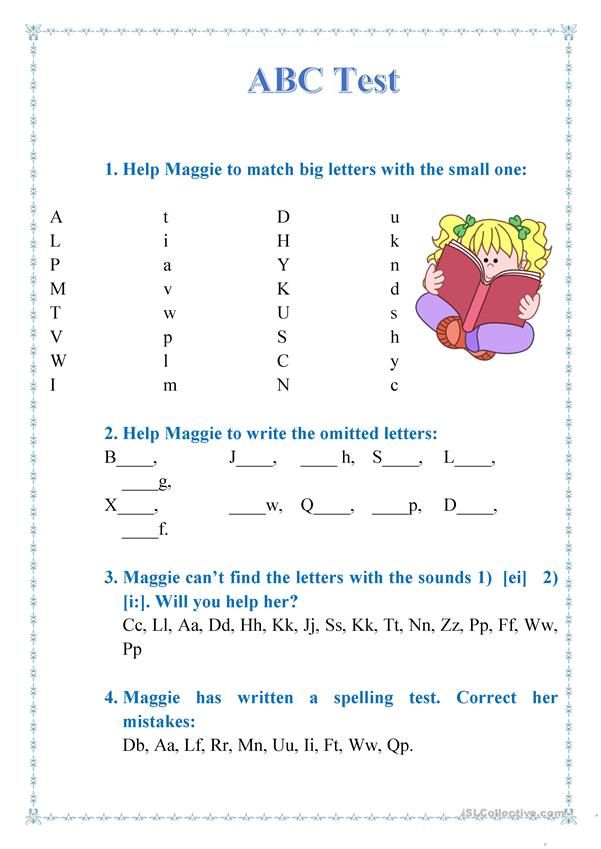
Consonants are formed due to the obstruction in the mouth during the passage of the air flow. The role of a barrier can be played by teeth, tongue, lips, depending on the nature of the barrier, consonants are divided into many groups, for example, labial, dental, etc.
Consonants are also divided into hard and soft, deaf and voiced.
Hard and soft
Hard consonants are pronounced more roughly, while soft ones sound more elegant and are softened by adjacent vowels or in writing with a soft sign. In transcription, soft sounds are indicated by a nearby apostrophe. For example, in the word HOUSE, the letter "d" sounds hard, and in the word GO - softly. Soft and hard consonants are presented in the table.
Voiceless and voiceless
Voiceless consonant sounds are pronounced without the participation of the voice, while in the formation of solid sounds the participation of the voice is necessary. Voiced and deaf sounds, as a rule, form a pair, for example: B-P, V-F, etc. There are only a few sounds that do not have a deafness-voiced pair: Щ, C, Y, R, L, M, N. presented on our website. It can be hung in the classroom, where children have begun to study the Russian alphabet in more detail. It is also quite reasonable to hang the table in a conspicuous place at home if the baby begins to learn letters.
There are only a few sounds that do not have a deafness-voiced pair: Щ, C, Y, R, L, M, N. presented on our website. It can be hung in the classroom, where children have begun to study the Russian alphabet in more detail. It is also quite reasonable to hang the table in a conspicuous place at home if the baby begins to learn letters.
Tables
Cartoons on the topic
In order for the kid to quickly learn the division of letters into vowels and consonants, you can offer him cartoons on this topic. On our site you will find educational cartoons dedicated to this topic.
Speech therapist. Russian alphabet
This video presents the sounds in the Russian language on the examples of onomatopoeia. This technique will allow kids to work out the clarity of pronunciation of vowels and consonants, to feel the difference in their sound more clearly. Sounds accompany bright pictures with animals and natural phenomena. You can watch the cartoon here0003
Learn and sing the Russian alphabet
This video contains the performance of the alphabet to music.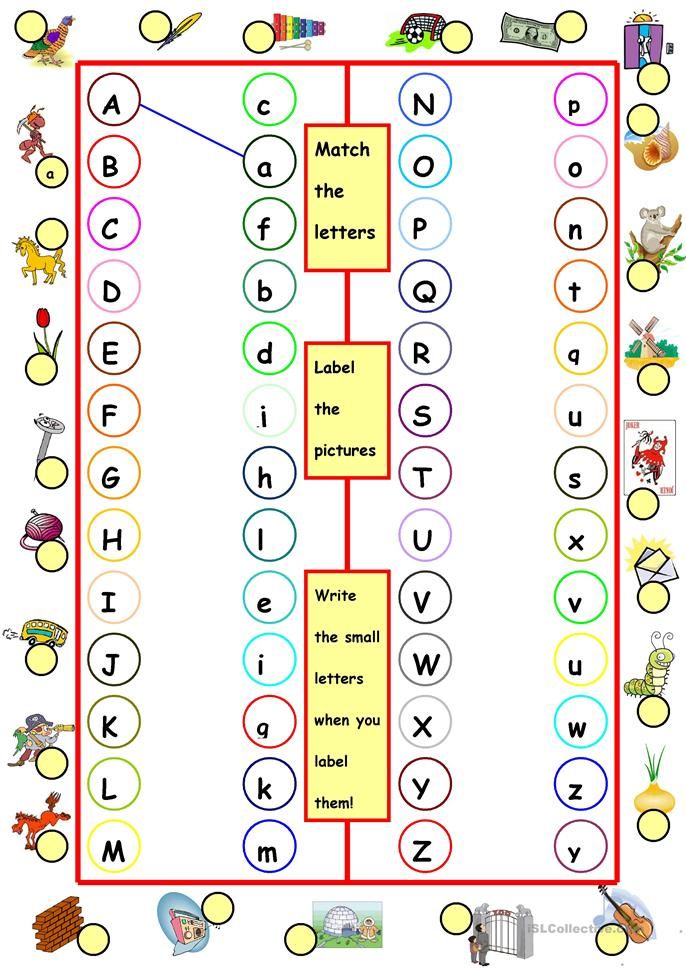 The melody is pleasant, easy to remember, and the song itself is accompanied by a display of the letter and the form of its writing. This cartoon can be useful for children of any age, as it is aimed not only at remembering the order of letters, but also at practicing diction. You can watch the cartoon here. However, the authors of this cartoon break the usual stereotypes of perception. Of course, this video cannot be called a song in its entirety: rather, we will be dealing with a drawn-out pronunciation of deaf consonants. This is extremely useful for children's diction, in which defects in the pronunciation of hissing sounds are constantly visible. Turn on this cartoon to your child more often so that he corrects diction. You can watch the cartoon here0003
The melody is pleasant, easy to remember, and the song itself is accompanied by a display of the letter and the form of its writing. This cartoon can be useful for children of any age, as it is aimed not only at remembering the order of letters, but also at practicing diction. You can watch the cartoon here. However, the authors of this cartoon break the usual stereotypes of perception. Of course, this video cannot be called a song in its entirety: rather, we will be dealing with a drawn-out pronunciation of deaf consonants. This is extremely useful for children's diction, in which defects in the pronunciation of hissing sounds are constantly visible. Turn on this cartoon to your child more often so that he corrects diction. You can watch the cartoon here0003
Voiced consonants
It is much easier to sing voiced consonants, although again we will not be dealing with singing, but with prolonged pronunciation of the sound. The voice is involved in the formation of voiced consonants, so they can be easily pronounced in a singsong voice.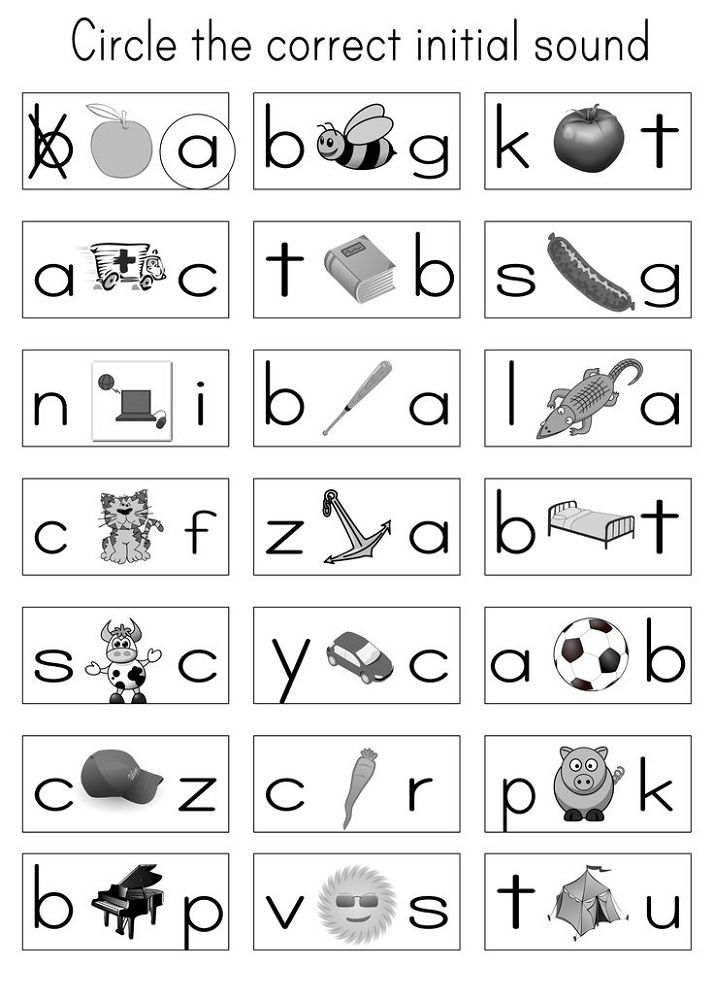 This cartoon invites children to practice in such a simple matter and get to know the sonorous sounds better. You can watch the cartoon here
This cartoon invites children to practice in such a simple matter and get to know the sonorous sounds better. You can watch the cartoon here
The letters of the Russian alphabet are divided into vowels and consonants. Vowels 10, this is A E E Y O U Y E Yu Ya . Consonants 21 - B C D E F G H Y K L M N P R S T V W Y Z . There are 33 letters in total.
Letters b and b are neither vowels nor consonants.
Spend time with your child in an interesting and useful way. We wish you success.
How to play with a child using letter cards?
Game number 1. Name the letter.
Before you start playing this game, introduce your child to a few letters.
You show the child a card with a letter, and he says what letter is written. For the correct answer, the child receives a token. At the end of the game there is a prize. Please note that vowels are written in red, and consonants are written in blue.
Tell your child that there are vowels and consonants.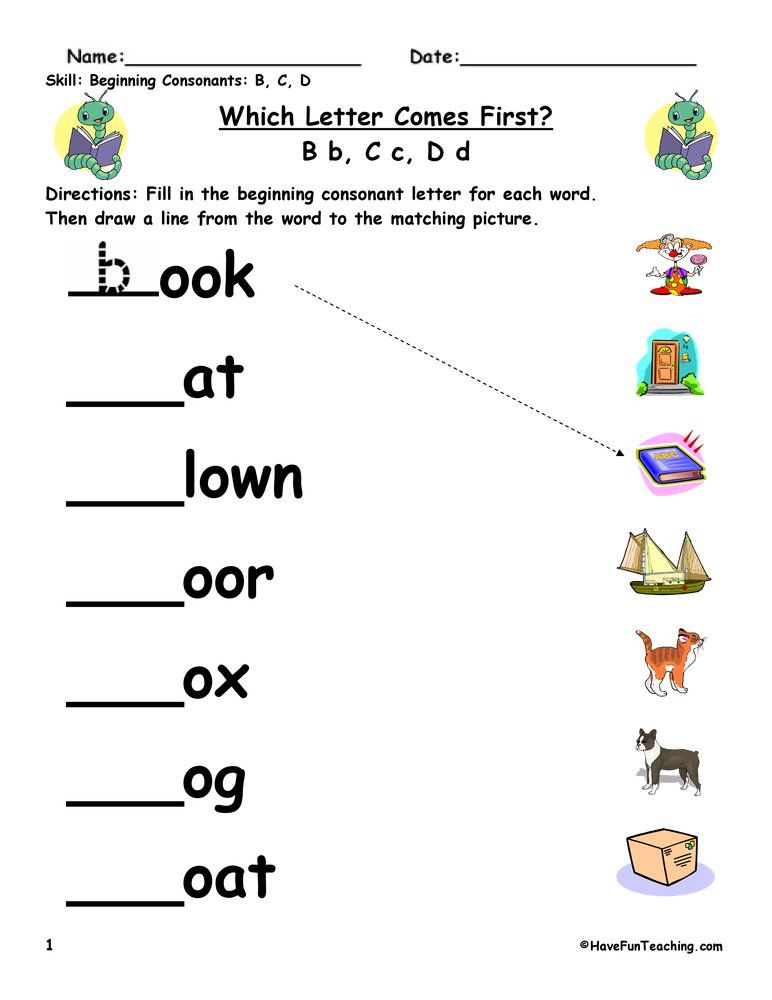 Vowel sounds are easy to sing, shout, pronounce. Nothing interferes in the mouth - neither lips nor tongue. Let the child guess what the vowel sound is in the words: poppy, forest, cat, house, etc.
Vowel sounds are easy to sing, shout, pronounce. Nothing interferes in the mouth - neither lips nor tongue. Let the child guess what the vowel sound is in the words: poppy, forest, cat, house, etc.
And consonants. When pronouncing them in the mouth, something constantly interferes - either the lips or the tongue. Play, let the child name the consonants that he hears: day, meadow, juice, poppy, etc.
Use this game to learn all the letters of the alphabet.
Game number 2. Name words starting with a given letter.
Suggest any letter the child knows and take turns saying words starting with that letter. Now let the child choose the letter, come up with words again, continue the same way.
Game number 3. Who says so?
Before starting the game, choose one card with a letter that begins with a consonant (eg m). Next to this letter, put a letter denoting a vowel sound (for example, "a").
At first, do not push the child and insist that he read more syllables.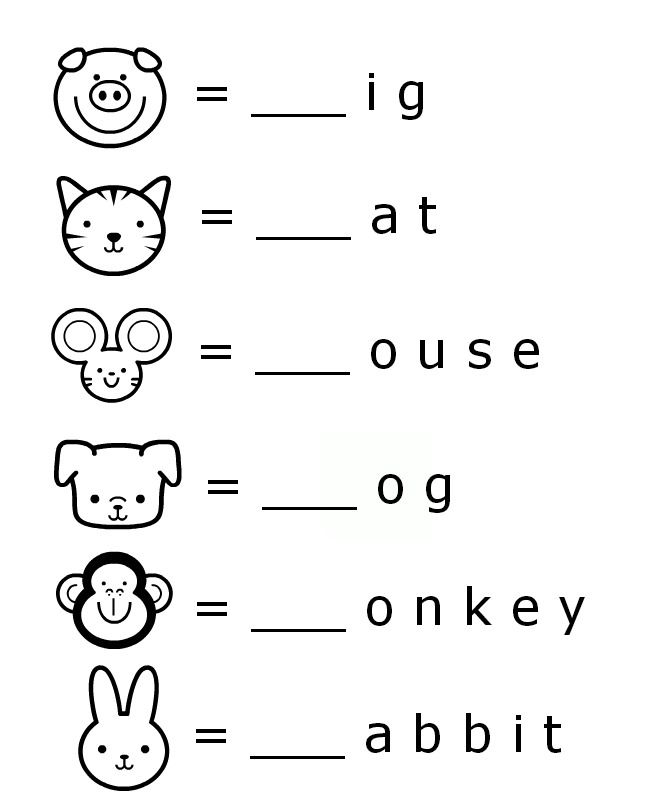 Focus on the question: "Who says so?" The child must answer which animal gives a voice like that.
Focus on the question: "Who says so?" The child must answer which animal gives a voice like that.
Give a chip for each correct answer. Over time, the game can be played in a group of children and a competition can be organized, who will quickly and correctly name the proposed syllables.
Game number 4. Change the vowel.
In this game, the first letter, the consonant, remains unchanged, while the letters that represent the vowel sound change. For example: ma, mo, mu, mi, me, we, me. Then the first letter can be replaced (the child can choose the letter himself) and continue reading.
Game 5. Change the consonant.
In this game, the first letter remains unchanged - the vowel, and the letters that represent the consonant sound change. For example: am, an, hell, av, ash, ar, at. Then the first letter can be replaced (the child can choose the letter himself) and continue reading.
Game number 6. Funny letter combinations.
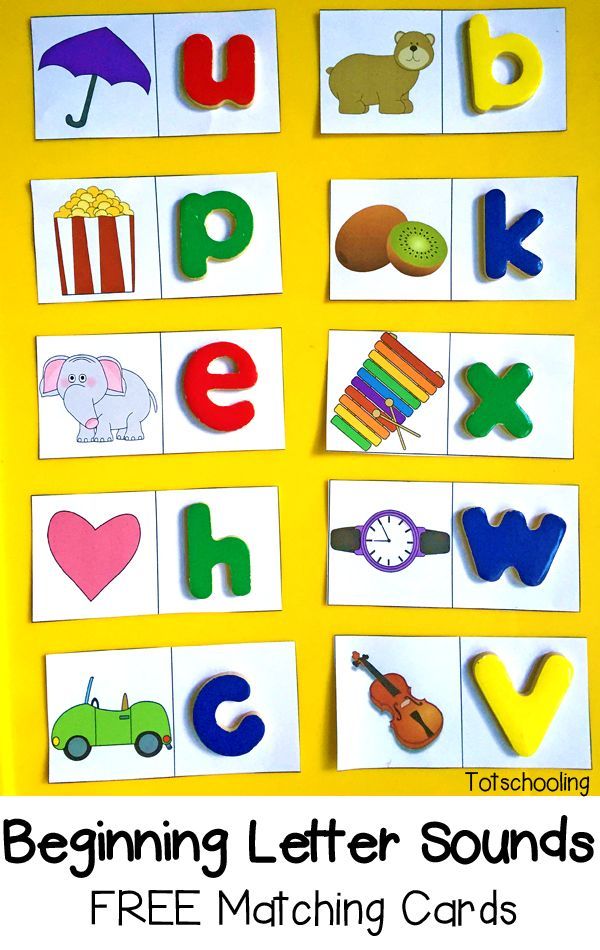
This game is probably the most difficult at this stage of learning, because the child needs to read letter combinations that consist only of consonants (fl, zv, kr, sl, st, br, ch, pl, chl, zm, kr, dv , sk, sq). To interest the child, invite him to choose the funniest letter combination from those that he reads.
Game 7. Create a syllable.
Using the letter cards, ask your child to write the syllable you name. For a correctly completed task, the child receives a token.
A competition with prizes can be organized in a group of children. The first person to create a syllable will receive a token. At the end of the game, according to the number of chips received, the winner is selected, who receives a prize.
Game number 8. Put the word together.
Using cards with letters, you need to add a word of three, and later of four or five letters, invented by a partner in the game. For example, you named the word "garden", and the child must put it together from letters.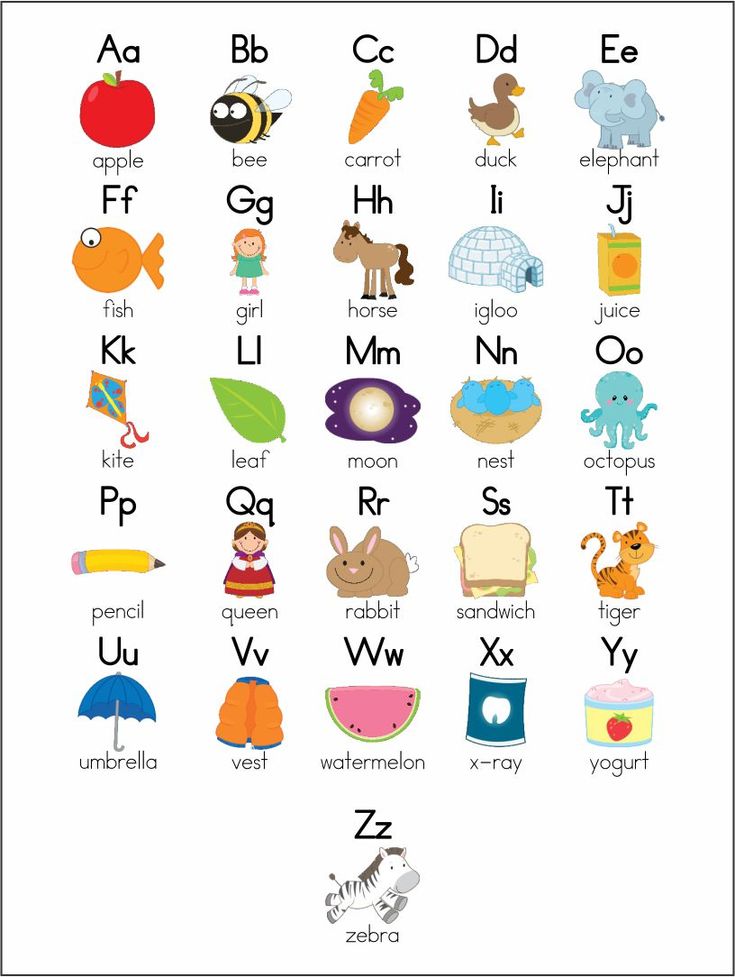 Then vice versa, the child calls a word of three letters, and you add it up. be sure to ask the child to check whether you completed the task correctly. For the sake of interest and to test attentiveness, sometimes make mistakes. Let the child identify them. Each correctly spelled word is rewarded with a chip. Whoever gets the most chips wins.
Then vice versa, the child calls a word of three letters, and you add it up. be sure to ask the child to check whether you completed the task correctly. For the sake of interest and to test attentiveness, sometimes make mistakes. Let the child identify them. Each correctly spelled word is rewarded with a chip. Whoever gets the most chips wins.
Bright, colorful cards with letters of the Russian alphabet.
- А а a
- B b bae
- in ve
- G g GE
- D d de
- E e e
- yo yo yo
- F zhe
- W w ze
- Both and
- th and short
- K to ka
- L l el
- M m em
- N n en
- o o about
- P p pe
- R p er
- C s es
- T t te
- at
- F f ef
- x x ha
- C c ce
- H h che
- W w sha
- u u shcha
- b solid mark
- s s
- b soft sign
- uh e
- Yu Yu yu
- I am i
| 42 sounds | |||||
|---|---|---|---|---|---|
| 6 vowels | 36 consonants | ||||
| [a] [i] [o] [y] [s] [e] | Paired | Unpaired | |||
| Drums | Hammerless | voiced | Deaf | voiced | Deaf |
| [b] [b"] [c] [c"] [g] [g"] [d] [d"] [g] [w] [w"] | [p] [p"] [f] [f"] [k] [k"] [t] [t"] [w] [s] [s"] | [d"] [l] [l"] [m] [m"] [n] [n"] [r] [r"] | [x] [x"] [c] [h"] [u"] | ||
| Paired | Unpaired | ||||
| Hard | Soft | Hard | Soft | ||
| [b] [c] [g] [d] [w] [c] [l] [m] [n] [p] [r] [s] [t] [f] [h] | [b"] [c"] [g"] [l"] [w"] [k"] [l"] [m"] [n"] [p" ] [p "] [s"] [t"] [f"] [x"] | [W] [C] [W] | [th"] [h"] [w"] | ||
What is the difference between letters and sounds
Sound is elastic vibrations in a medium.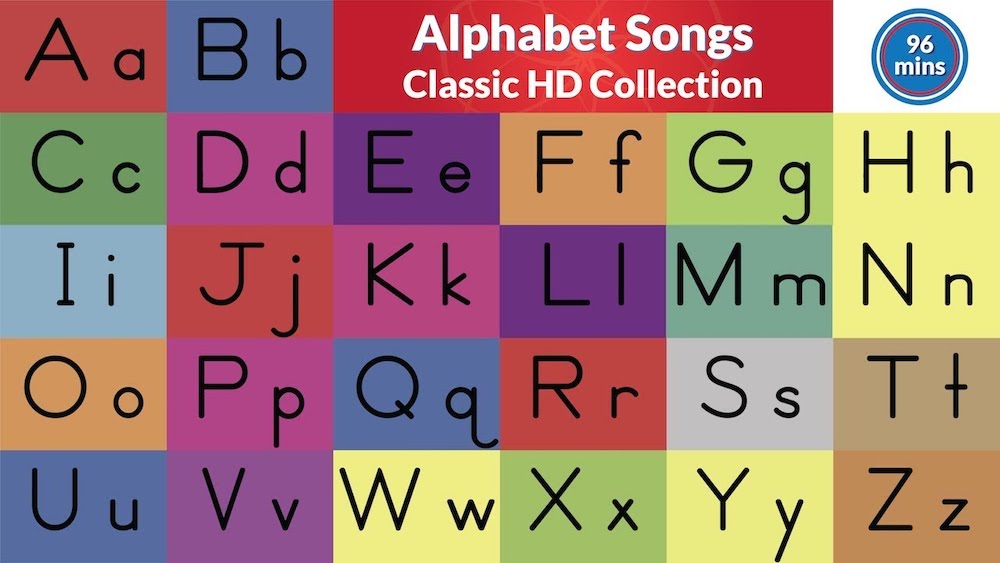 We hear sounds and can create them, among other things, with the help of the speech apparatus (lips, tongue, etc.).
We hear sounds and can create them, among other things, with the help of the speech apparatus (lips, tongue, etc.).
A letter is a symbol of the alphabet. It has an uppercase (excl., ь and ъ) and a lowercase version. Often a letter is a graphic representation of the corresponding speech sound. We see and write letters. So that the pronunciation features do not affect the letter, spelling rules have been developed that determine which letters should be used in the word in question. The exact pronunciation of a word can be found in the phonetic transcription of the word, which is shown in square brackets in dictionaries.
Vowel letters and sounds
Vowel sounds (“voice” is the Old Slavonic “voice”) are the sounds [a], [i], [o], [u], [s], [e], when creating which the vocal cords participate, and no barrier is erected in the way of the exhaled air. These sounds are sung: [aaaaaa] , [iiiiii] ...
Vowel sounds are denoted by the letters a, e, e, and, o, u, s, e, u, i. The letters e, e, u, i are called iotized. They denote two sounds, the first of which is [th "], when
The letters e, e, u, i are called iotized. They denote two sounds, the first of which is [th "], when
- are the first in a phonetic word e le[th" uh l "e] (3 letters, 4 sounds) e shche [th" And sh"o] (3 letters, 4 sounds) yo w[th" O ́ш] (2 letters, 3 sounds) YU la [th" at l "a] (3 letters, 4 sounds) I block [th" A blaka] (6 letters, 7 sounds) I testicle [th" And ich "ka] (5 letters, 6 sounds)
- followed by vowels avian d [pt "itsy" uh ́т] (7 letters, 8 sounds) her [yy" O ́] (2 letters, 4 sounds) Kayu ta [kai" at ta] (5 letters, 6 sounds) blue [blue" A ] (5 letters, 6 sounds)
- followed by ь and ъ ve zd [vy" uh st] (5 letters, 5 sounds) rise m [fall" O m] (6 letters, 6 sounds) pour [l "th" at ́] (3 letters, 3 sounds) wings [wing "th" A ] (6 letters, 6 sounds)
The letter and also denotes two sounds, the first of which is [й"], when
- follows after ь nightingales [salav "th" And ́] (7 letters, 7 sounds)
In a word, vowels highlighted during pronunciation are called stressed, and not highlighted - unstressed.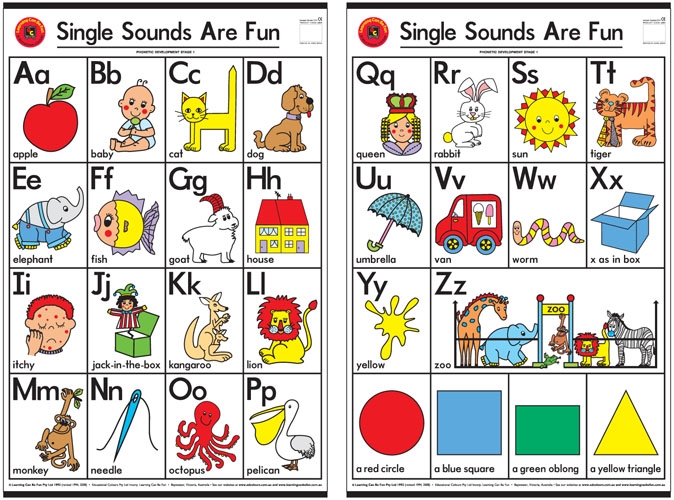 Stressed sounds are most often both heard and written. To check what kind of letter you need to put in a word, you should choose a single-root word in which the desired unstressed sound will be stressed.
Stressed sounds are most often both heard and written. To check what kind of letter you need to put in a word, you should choose a single-root word in which the desired unstressed sound will be stressed.
Be thick [b" igu sch "y"] - be g [b" e To] th ra [gara ] - th ry [go ry]
Two words united by a single stress make one phonetic word.
To the garden [fsat]
There are as many syllables in a word as there are vowels. The division of a word into syllables may not correspond to the division during transfer.
e -e (2 syllables) That -chka (2 syllables) O -de -va - be (4 syllables)
Consonant letters and sounds
Consonant sounds are sounds that create a barrier in the way of exhaled air.
Voiced consonants are pronounced with voice, and voiceless consonants without it. The difference is easy to hear in paired consonants, for example, [n] - [b], when pronouncing which the lips and tongue are in the same position.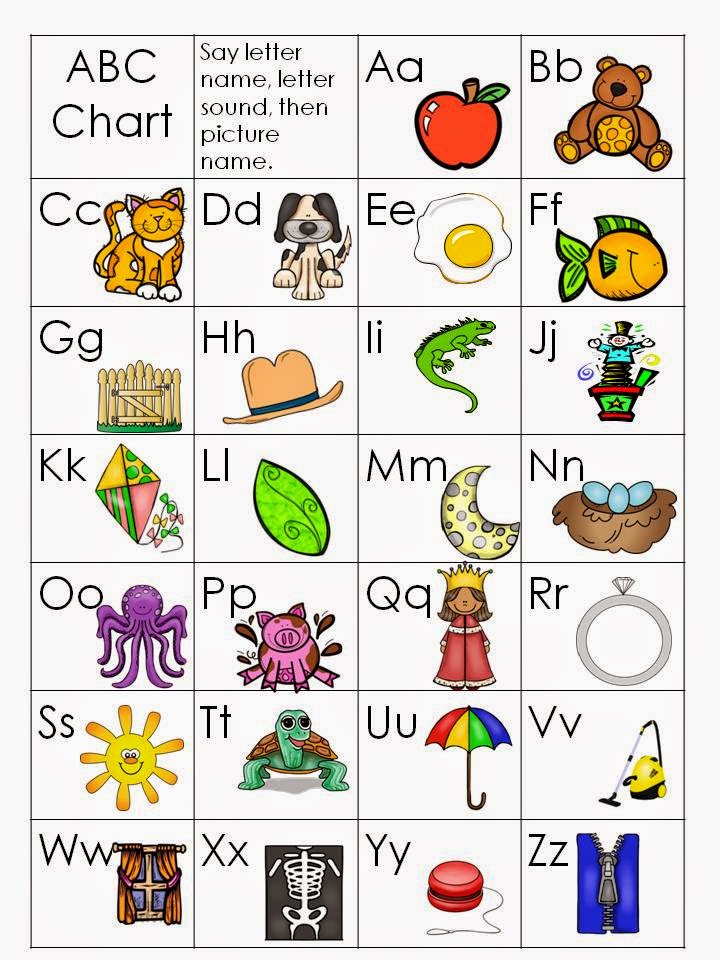
Soft consonants are pronounced with the participation of the middle part of the tongue and are indicated in transcription by an apostrophe " what happens when the consonants
- are always soft [th"] , [h"] , [u"] ah [ah" ] (2 letters, 2 sounds) ray [beam" ] (3 letters, 3 sounds) bream [l "esch" ] (3 letters, 3 sounds)
- followed before the letters e, e, and, u, i, b (excl., always solid [g], [c], [w] and in borrowed words) stranded [m" el" ] (4 letters, 3 sounds) aunt [t" from" a] (4 letters, 4 sounds) people [l" oud" and] (4 letters, 4 sounds) life [w yz "n"] (5 letters, 4 sounds) circus [c] yrk] (4 letters, 4 sounds) neck [w eya] (3 letters, 4 sounds) pace [t emp] (4 letters, 4 sounds)
- followed by soft consonants (some cases) pancake [bl "in" h "ik]
The rest of the consonants will mostly be hard.
Hissing consonants include sounds [g], [w], [h"], [u"]. Speech therapists rule their pronunciation penultimately: the tongue must be strong and flexible in order to resist exhaled air and be held against the palate in the shape of a cup.